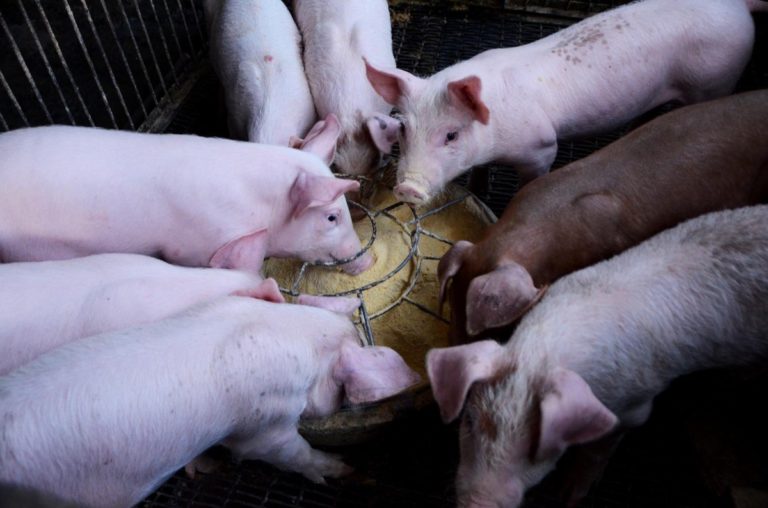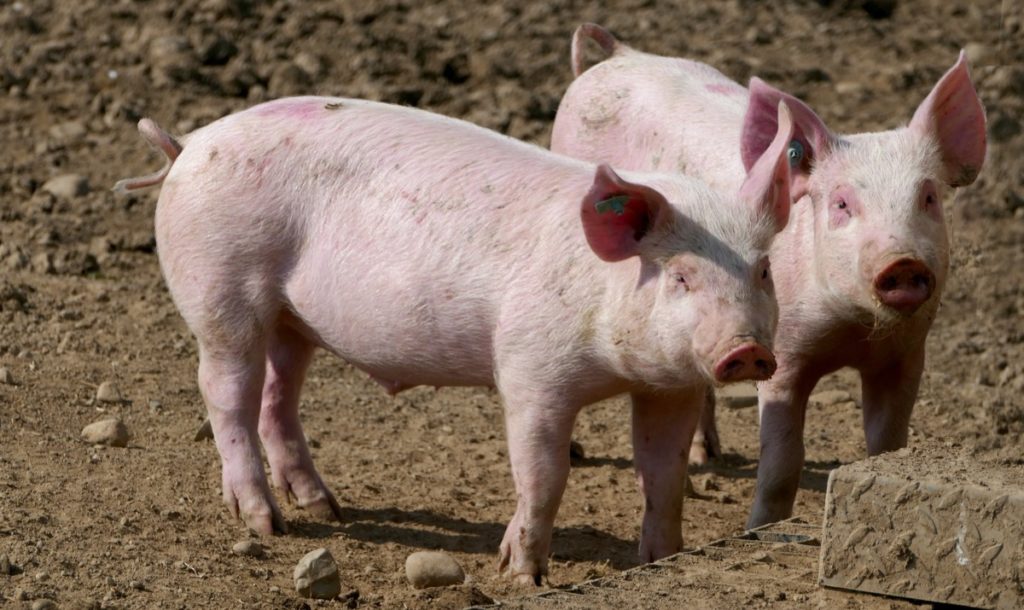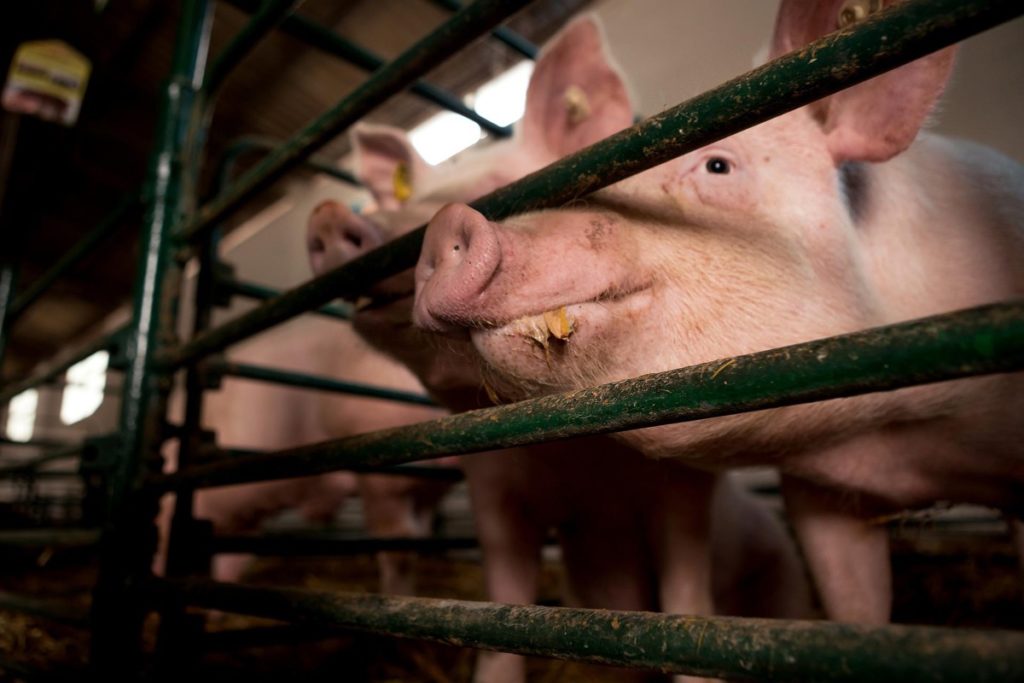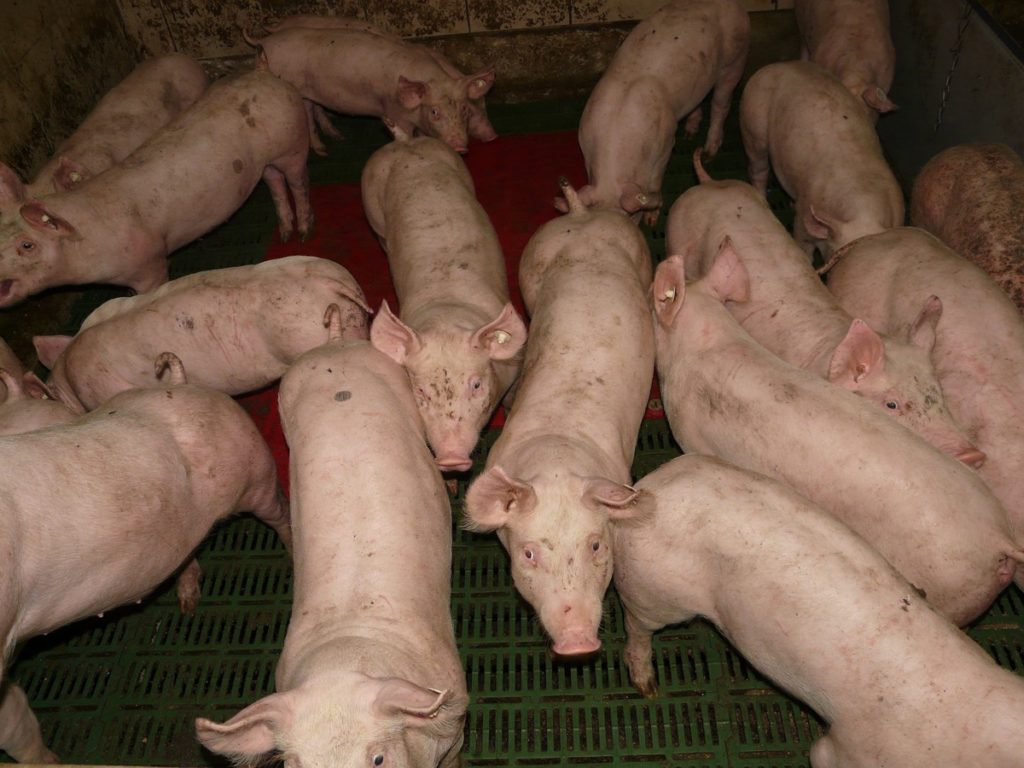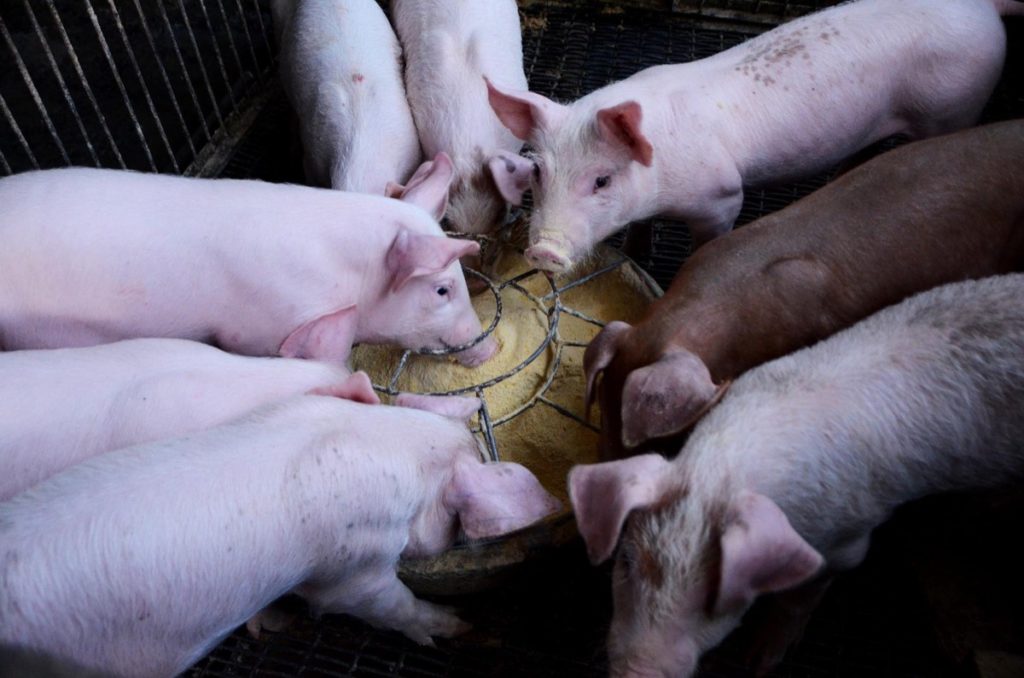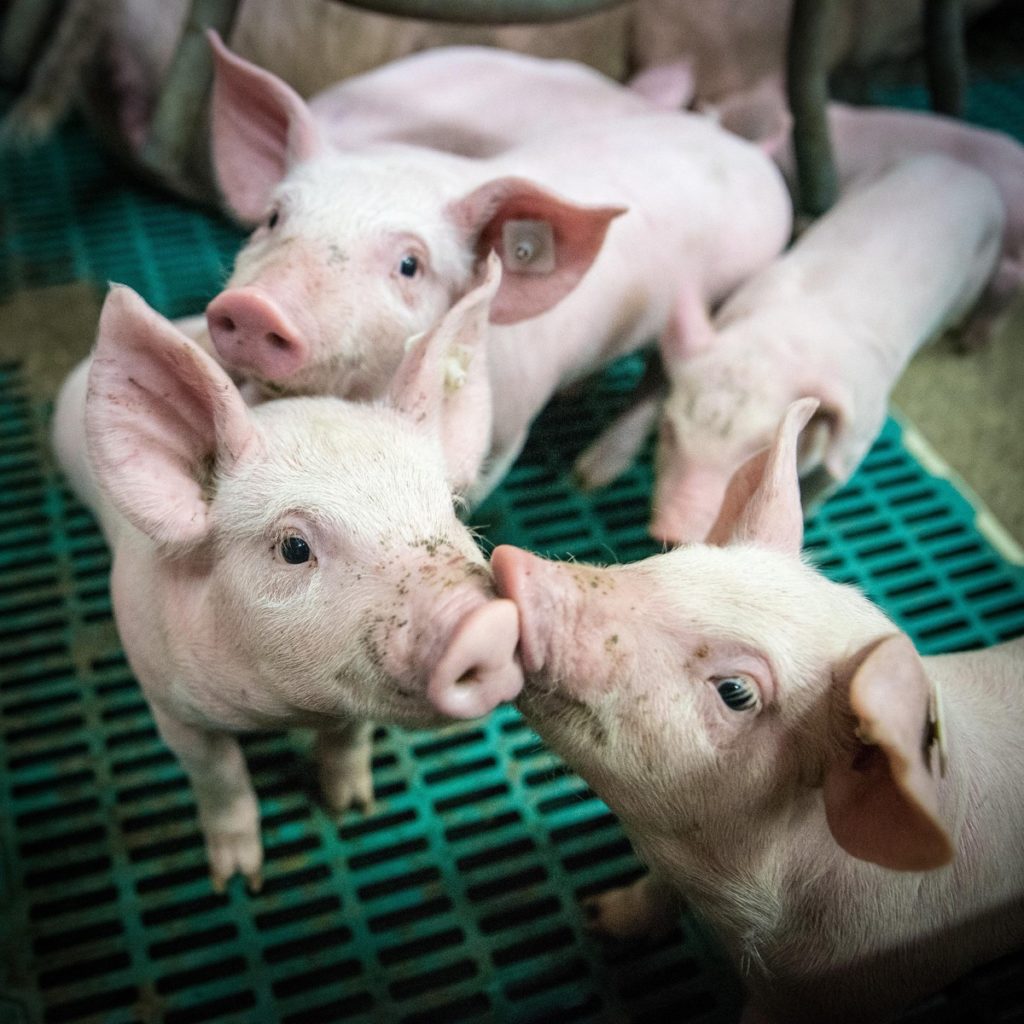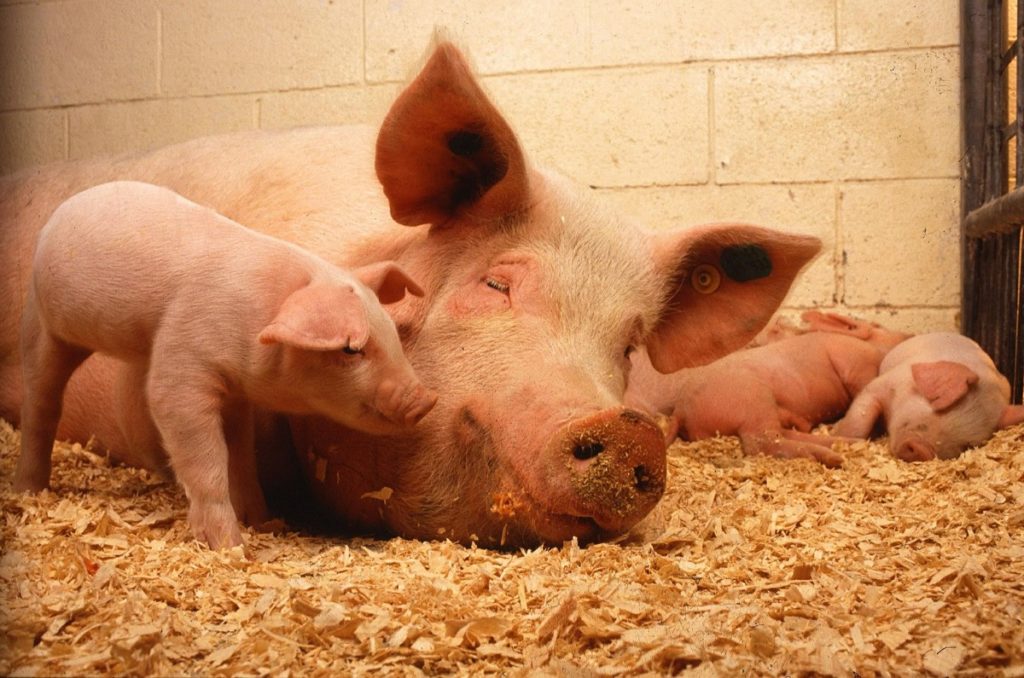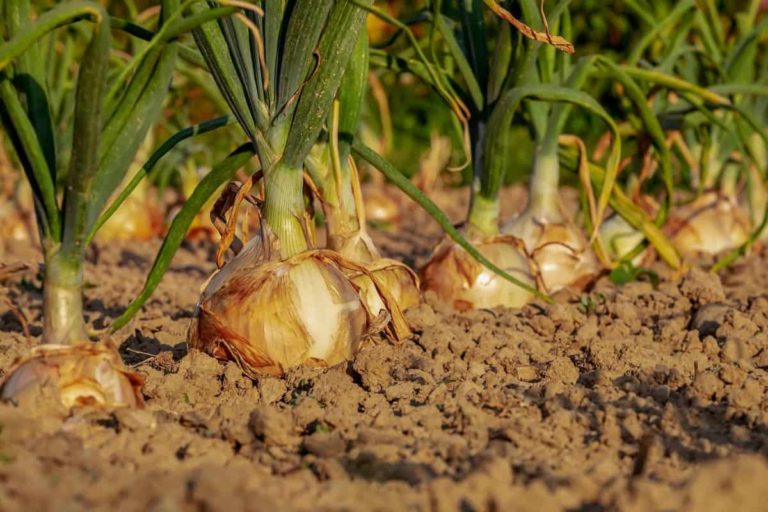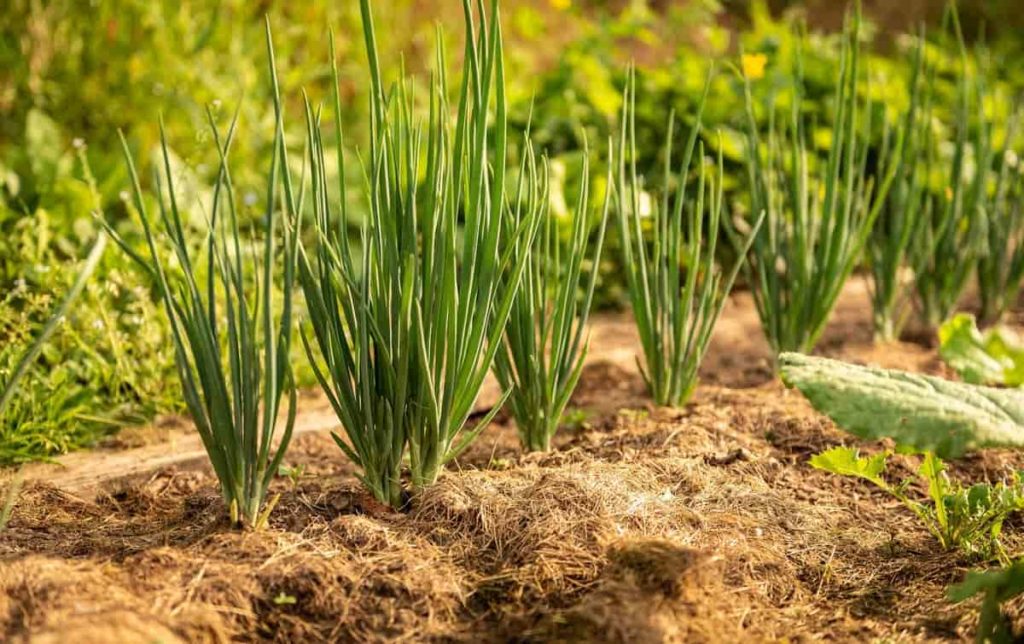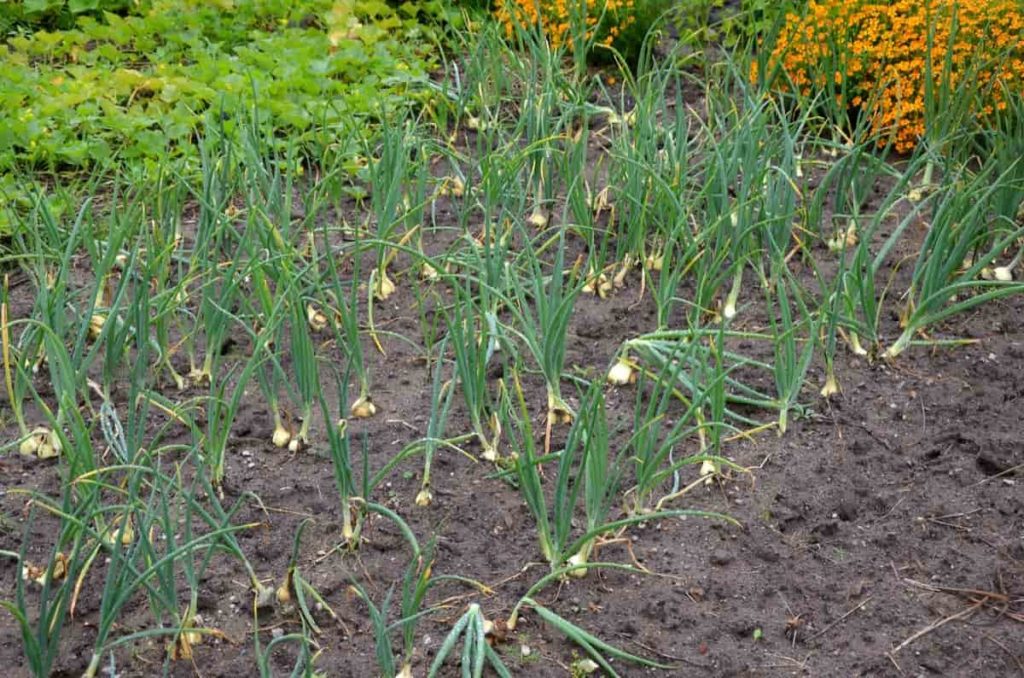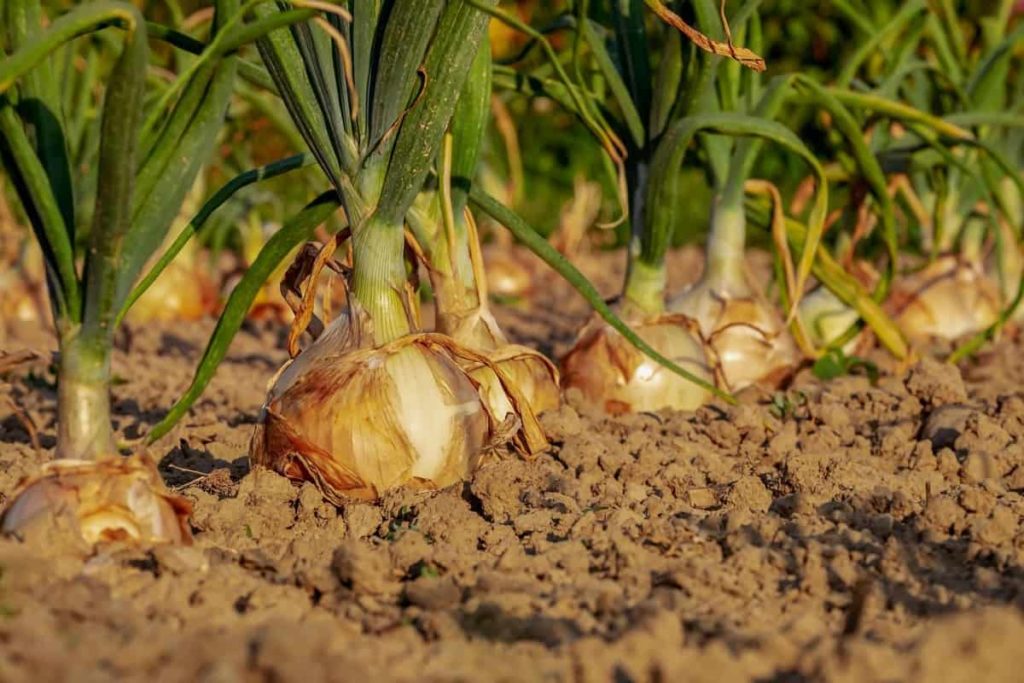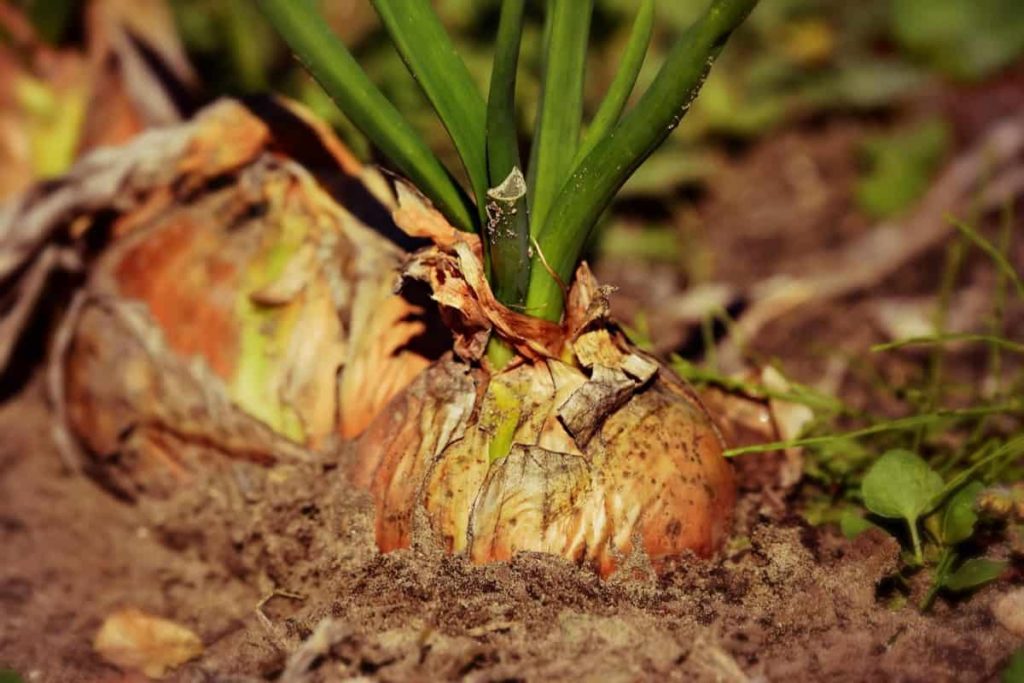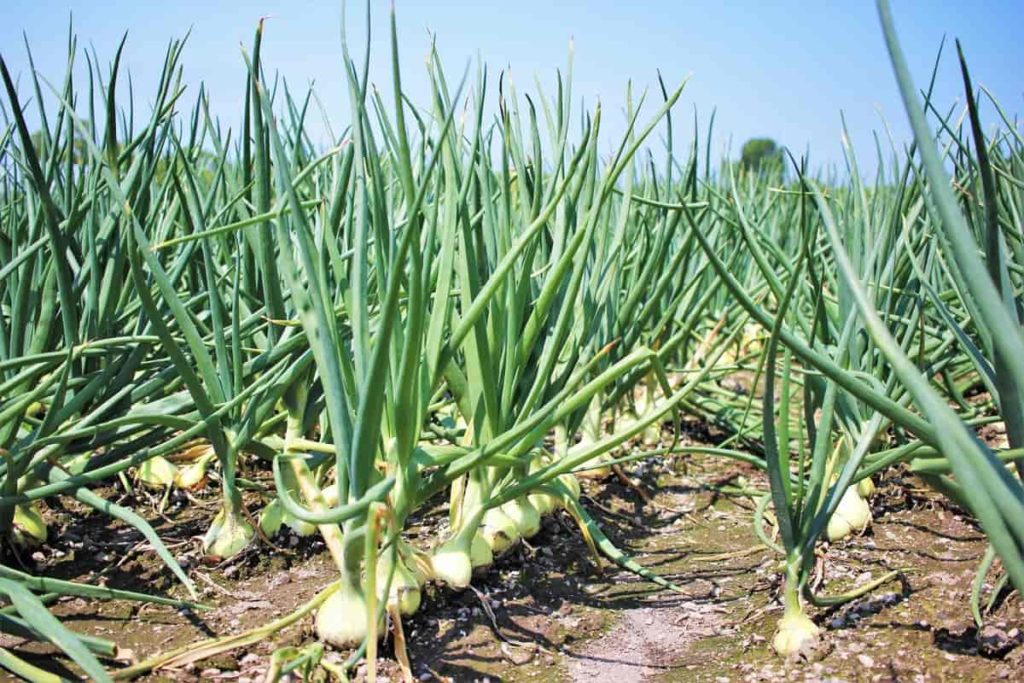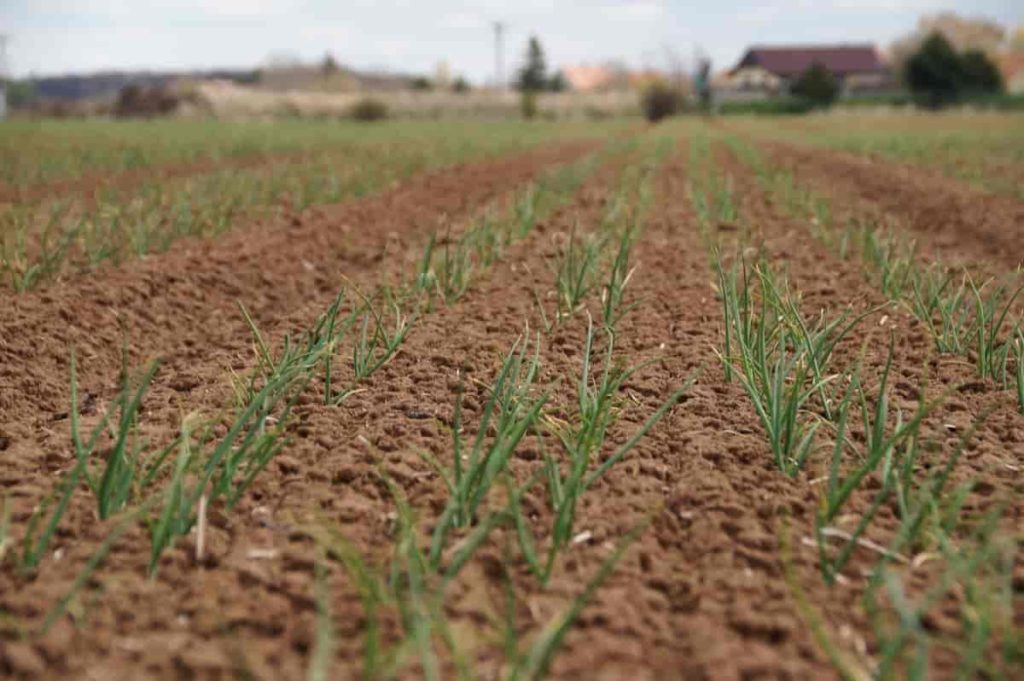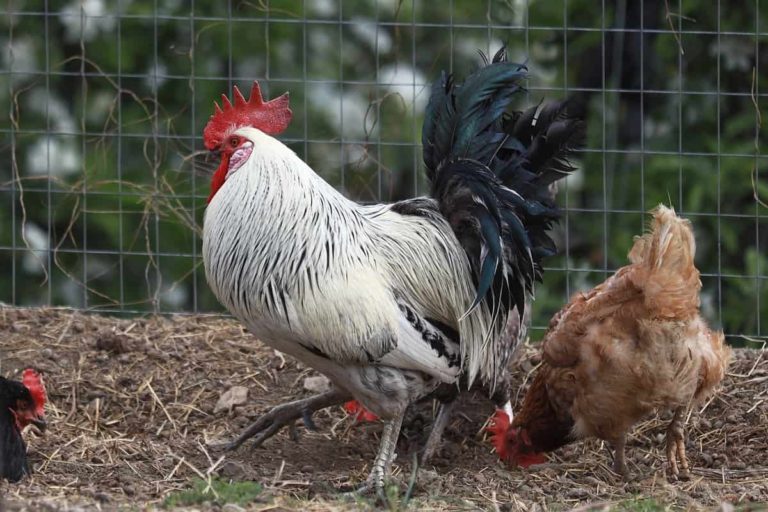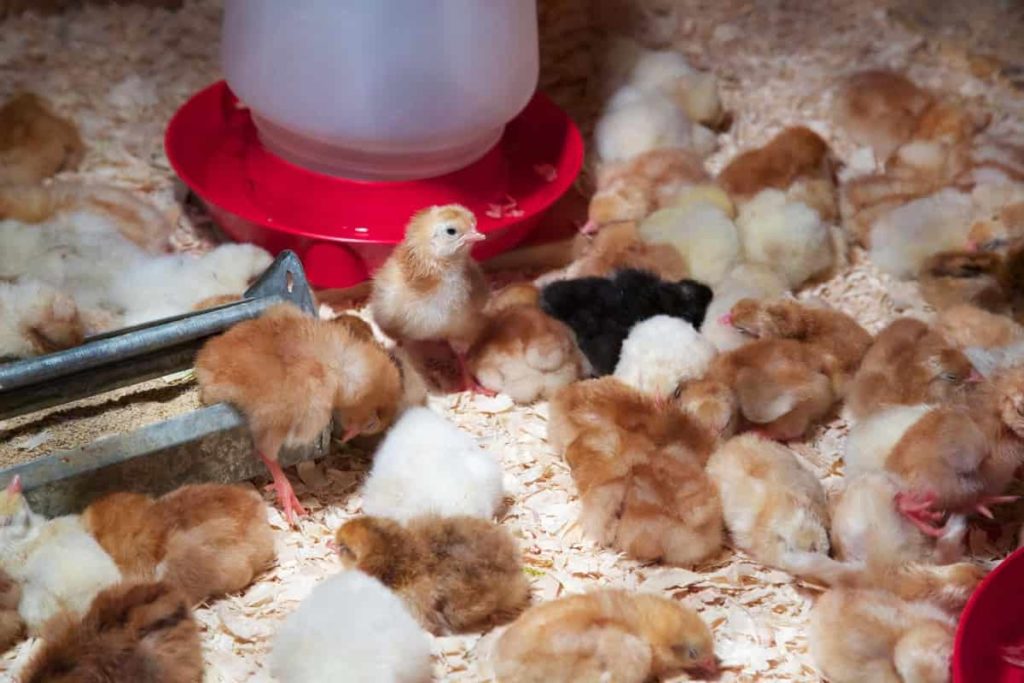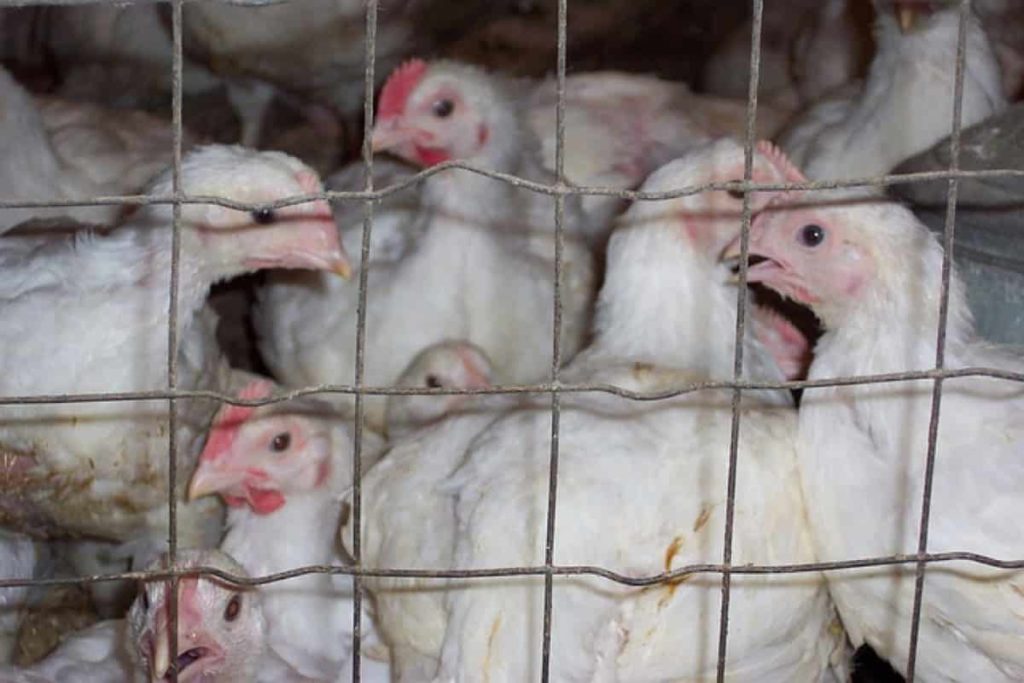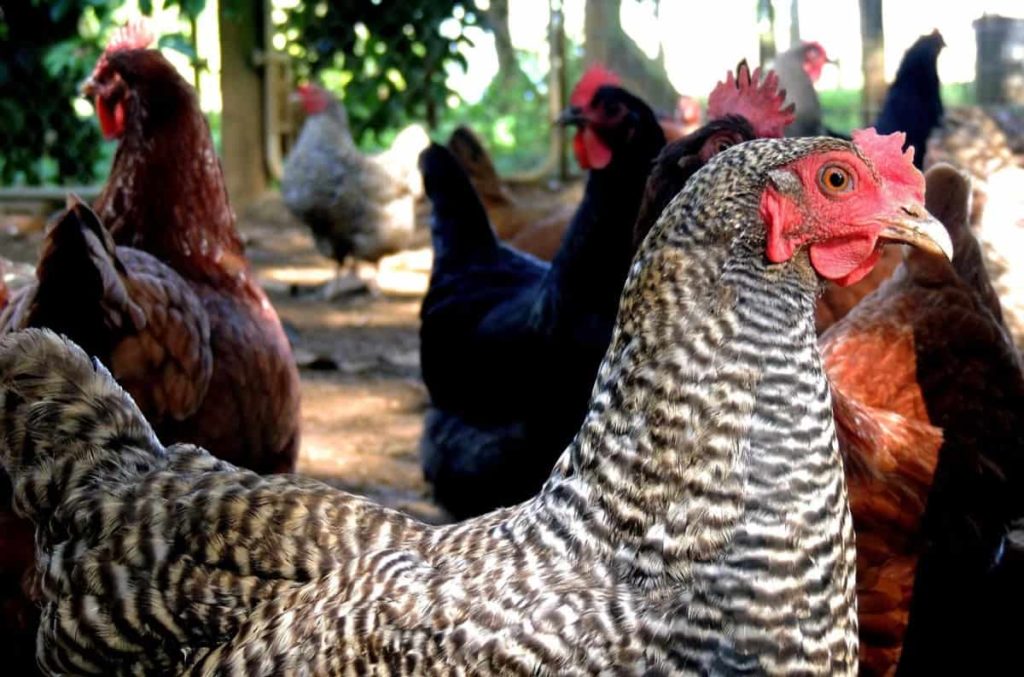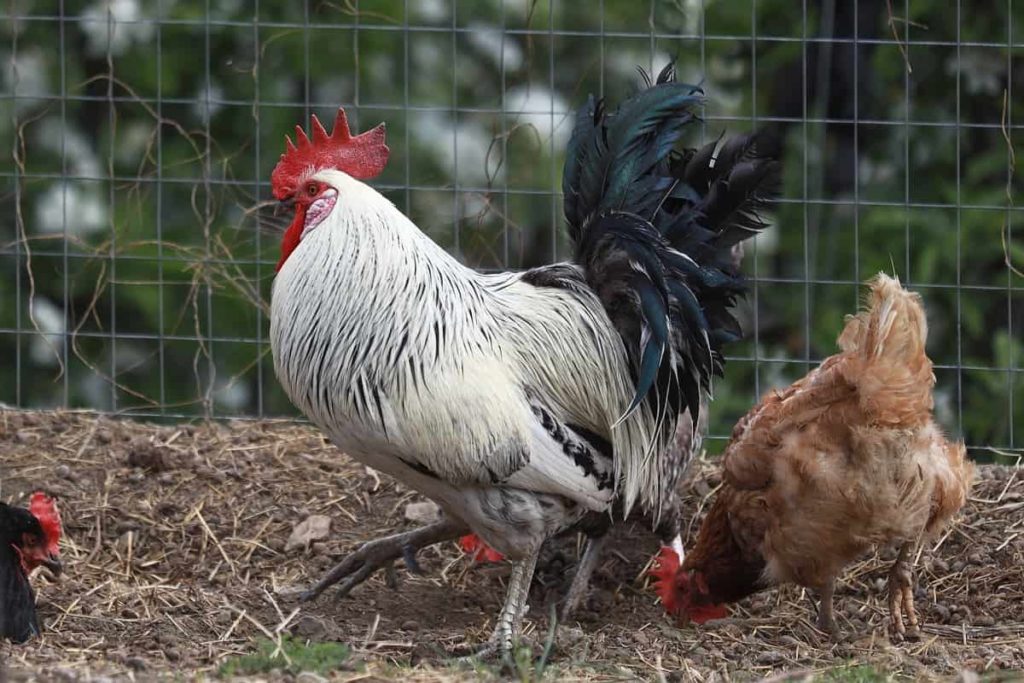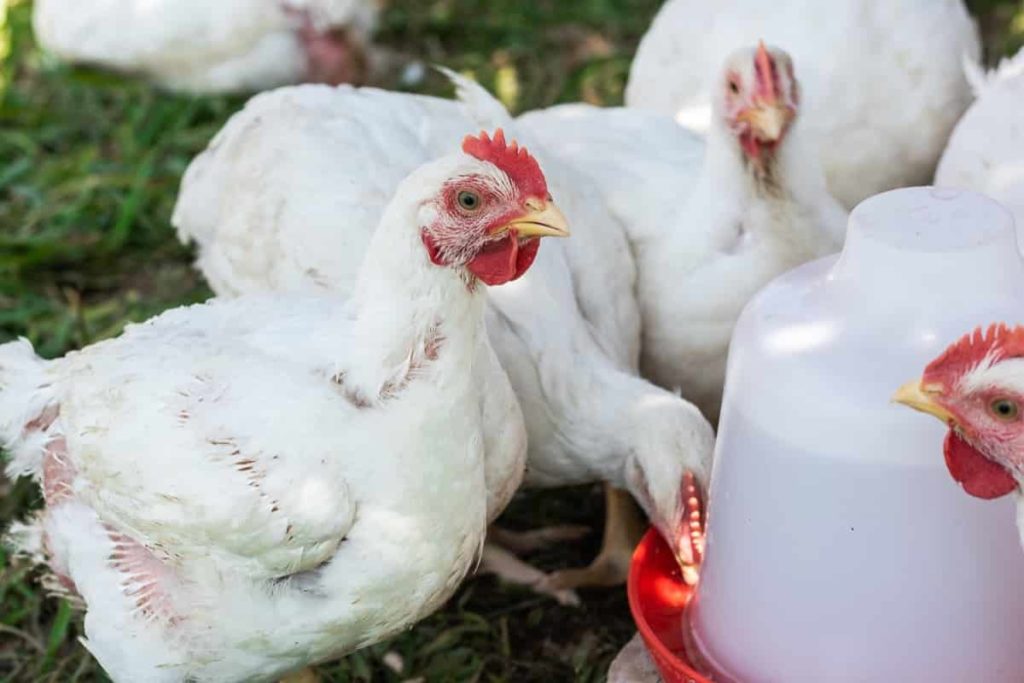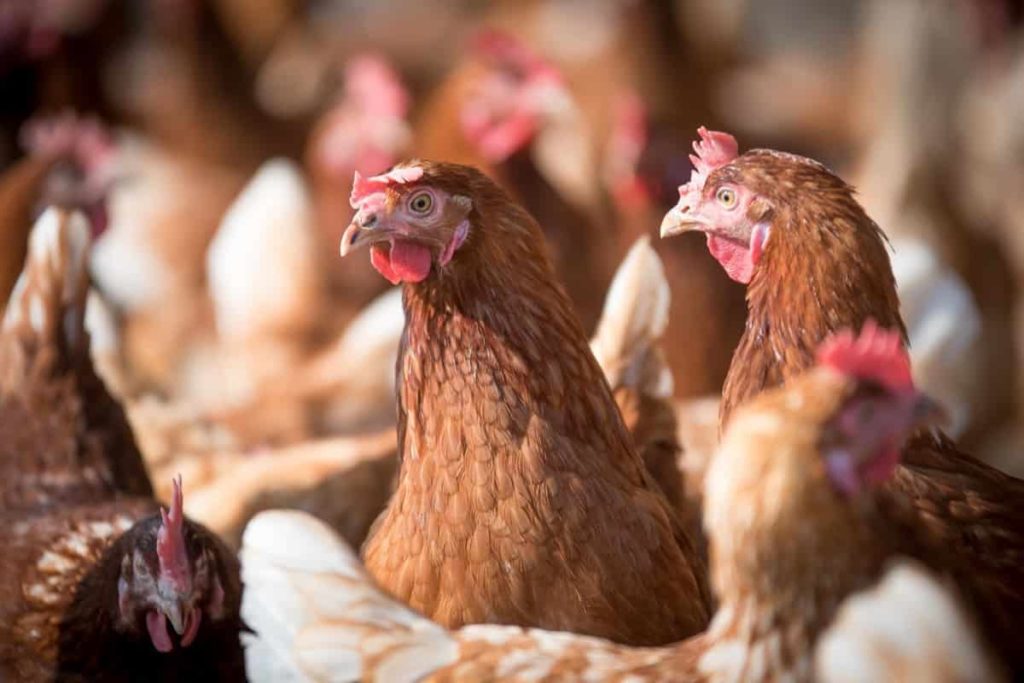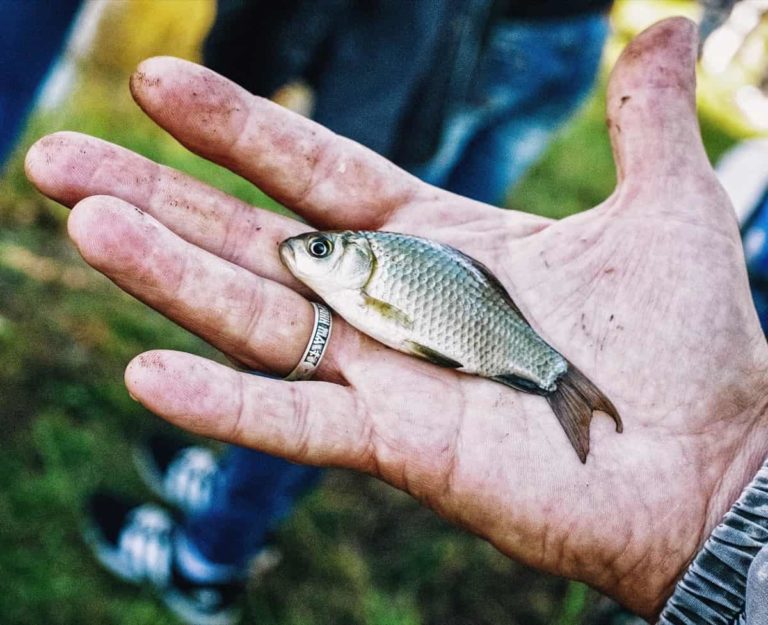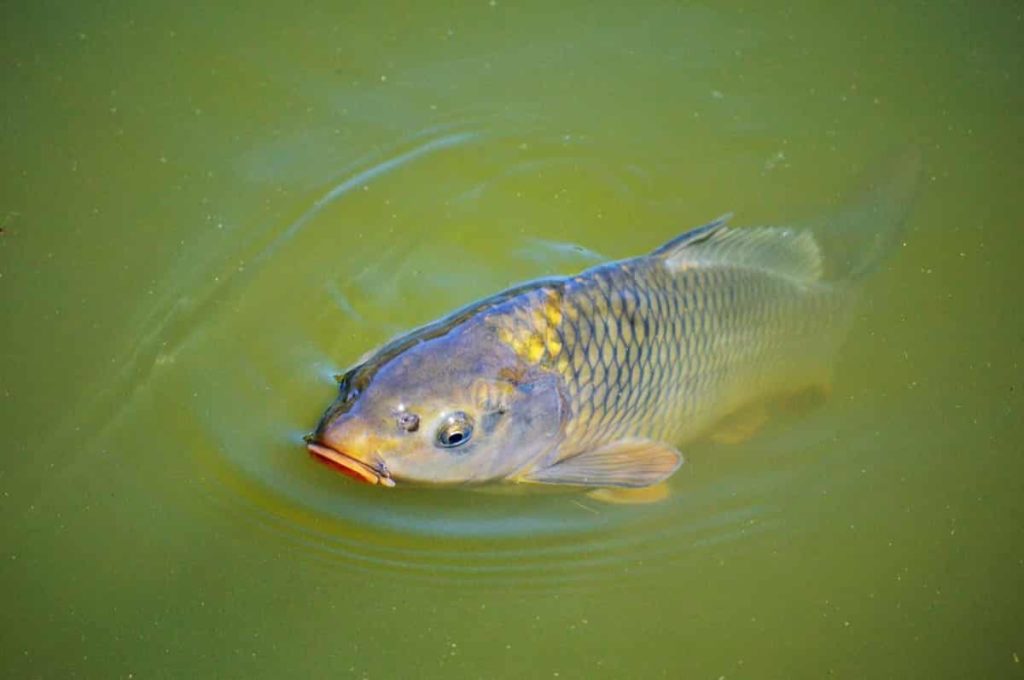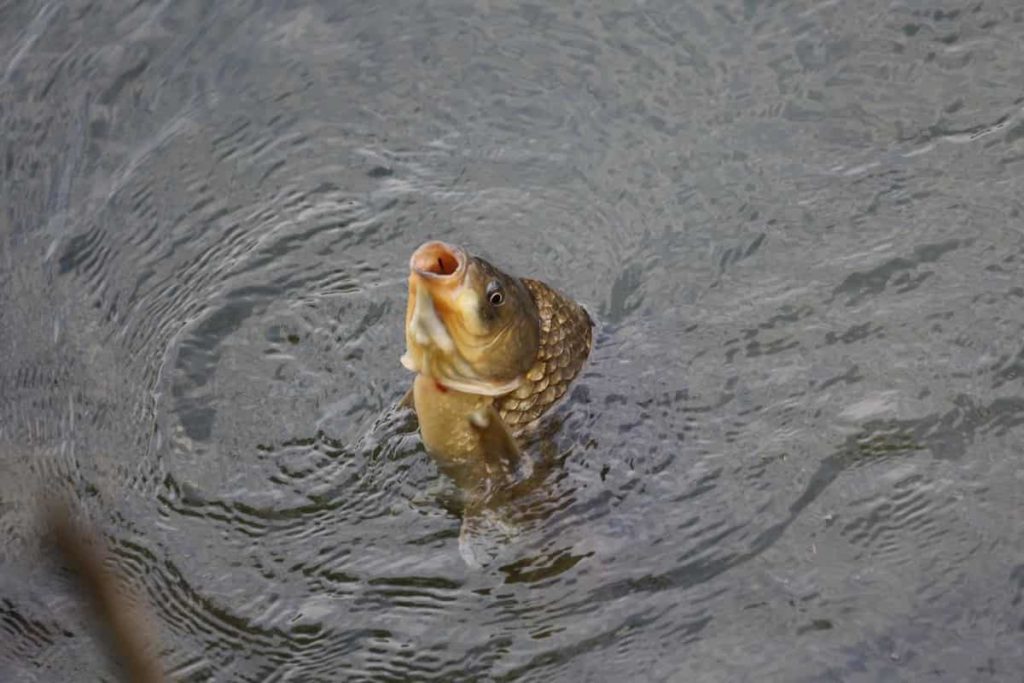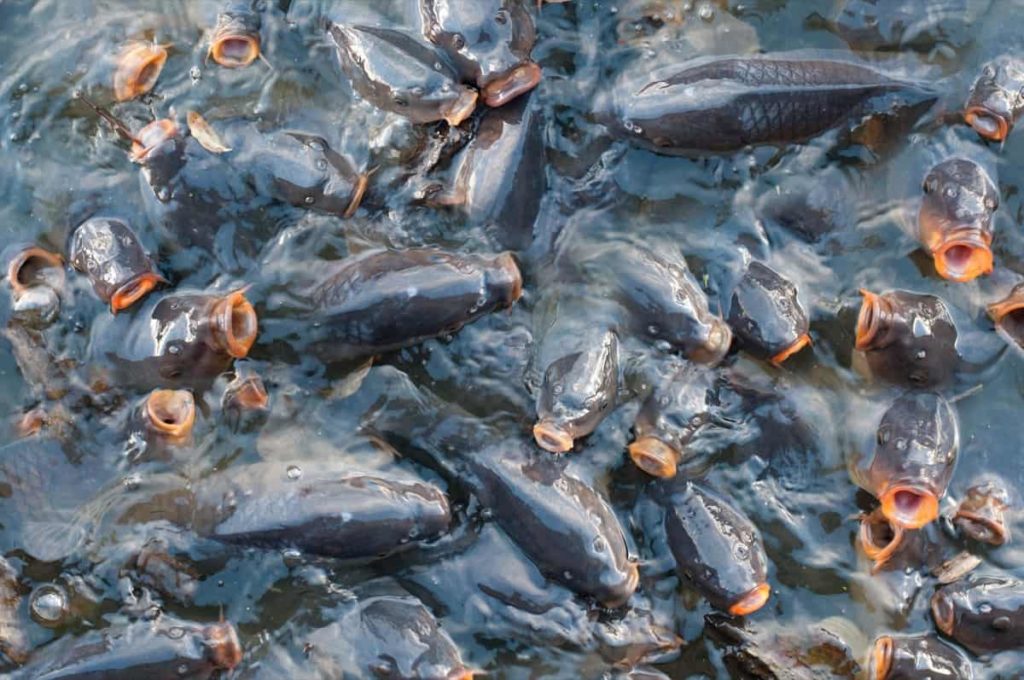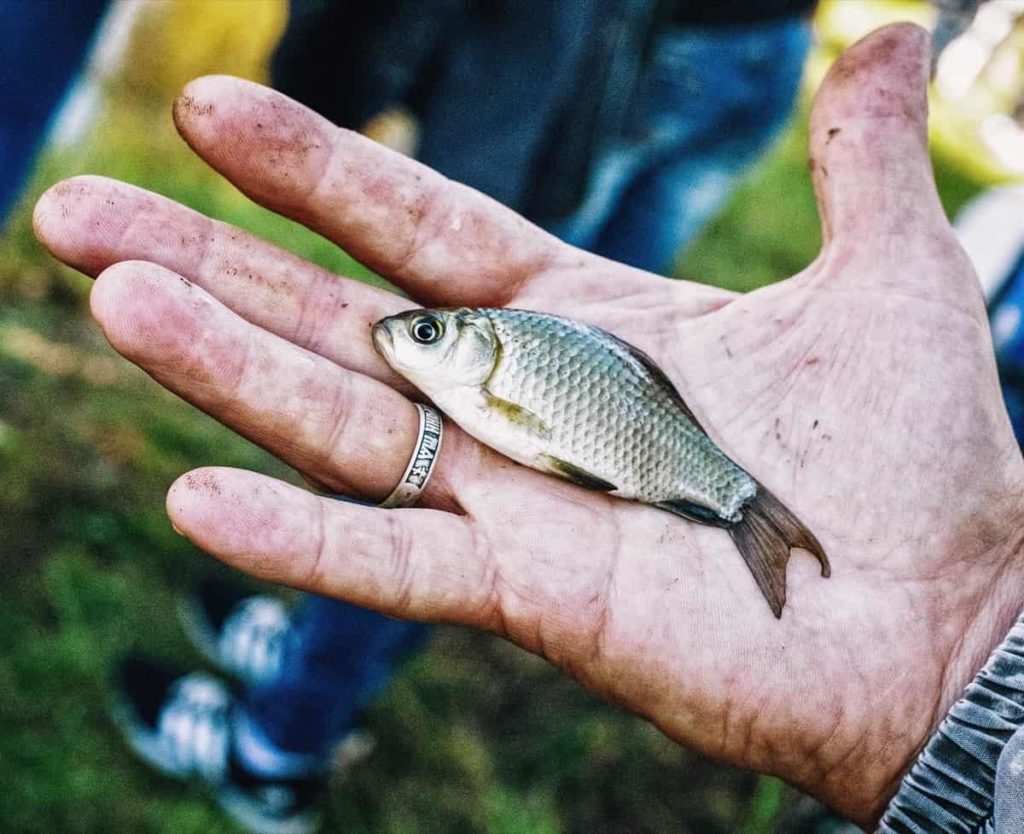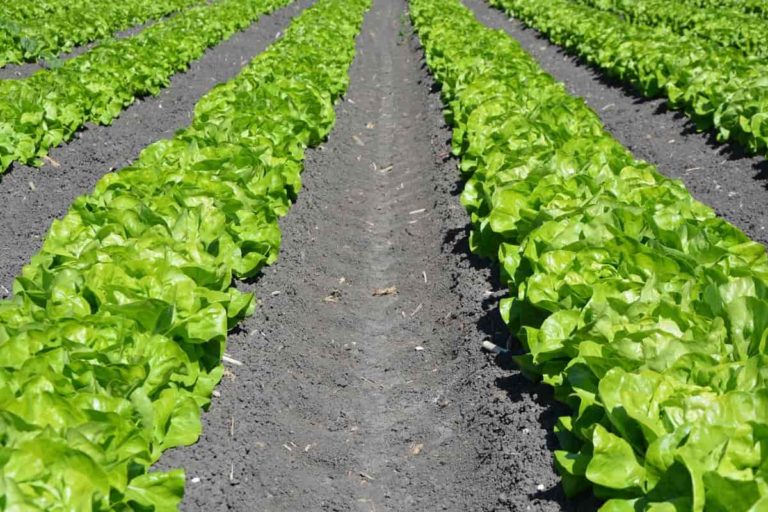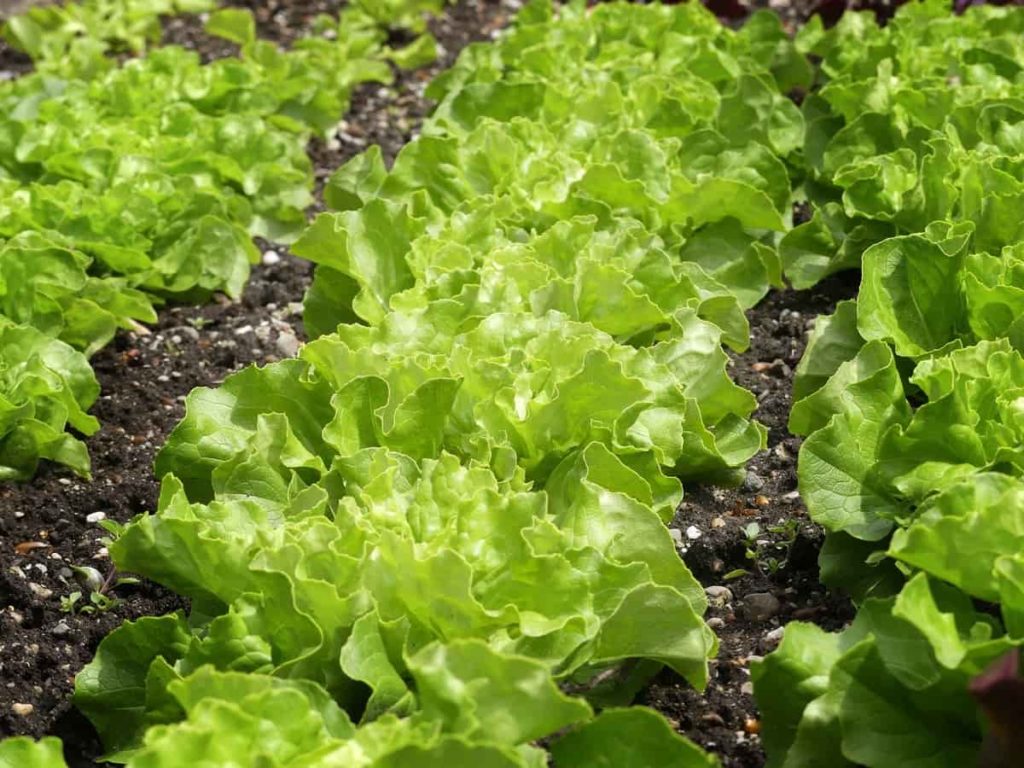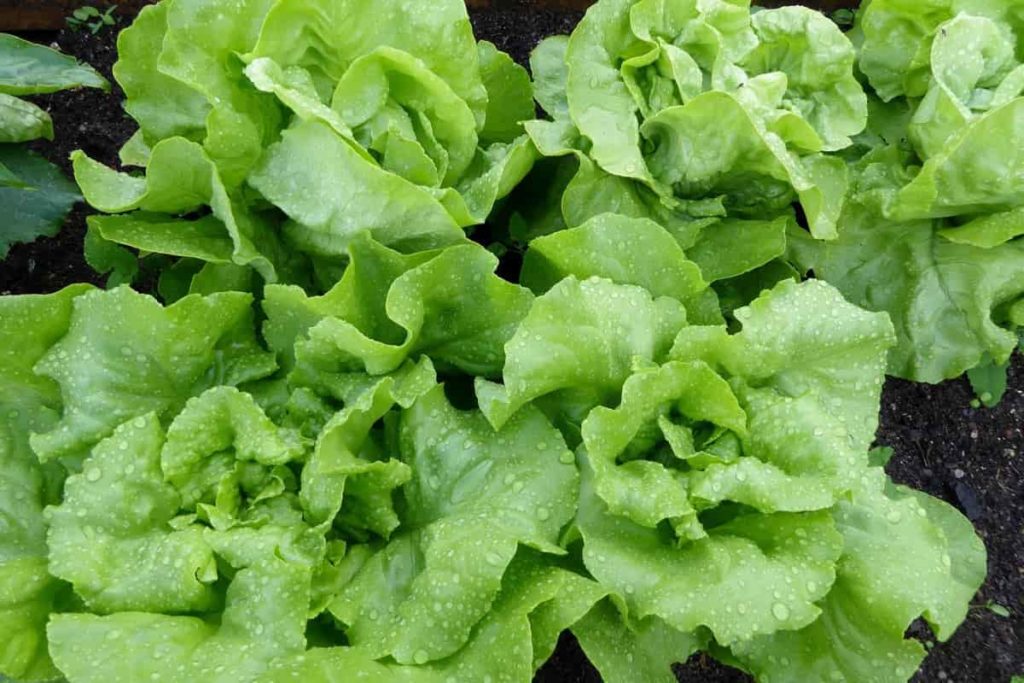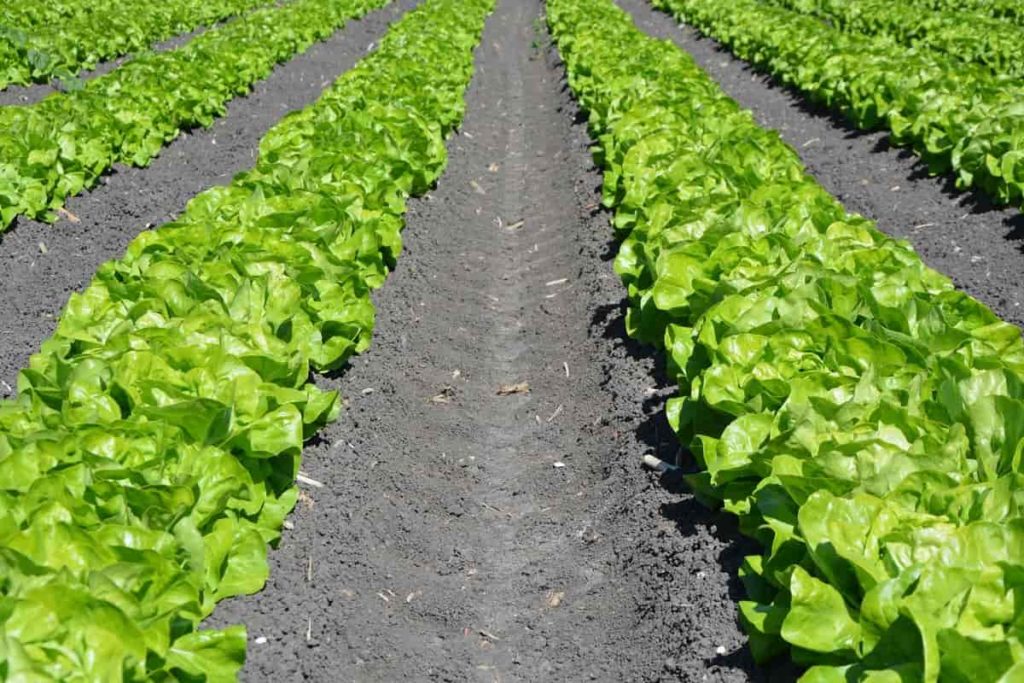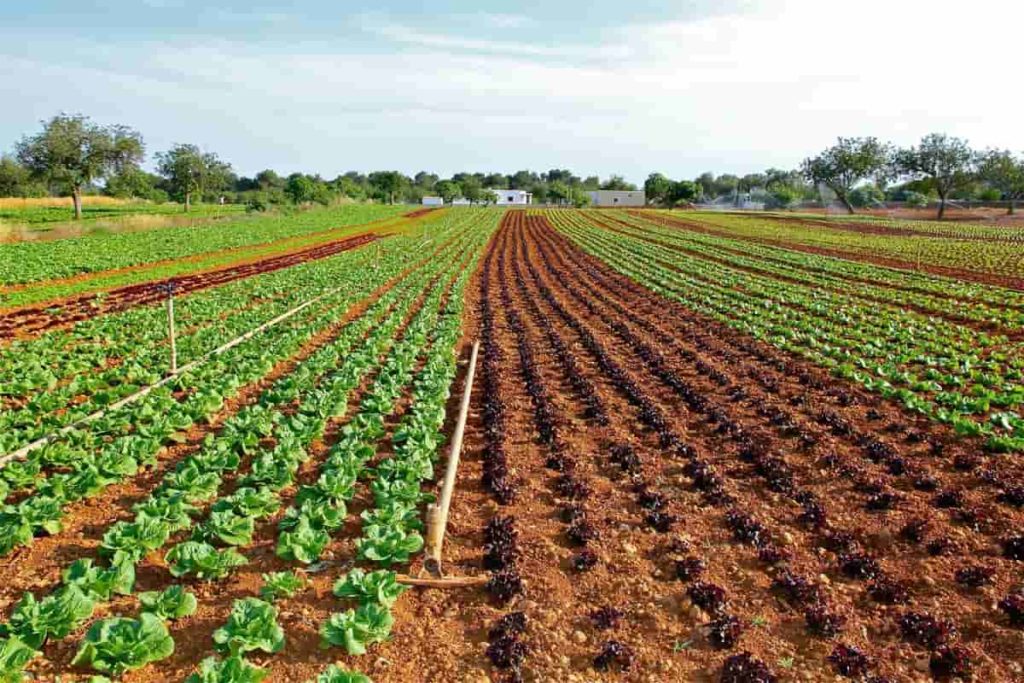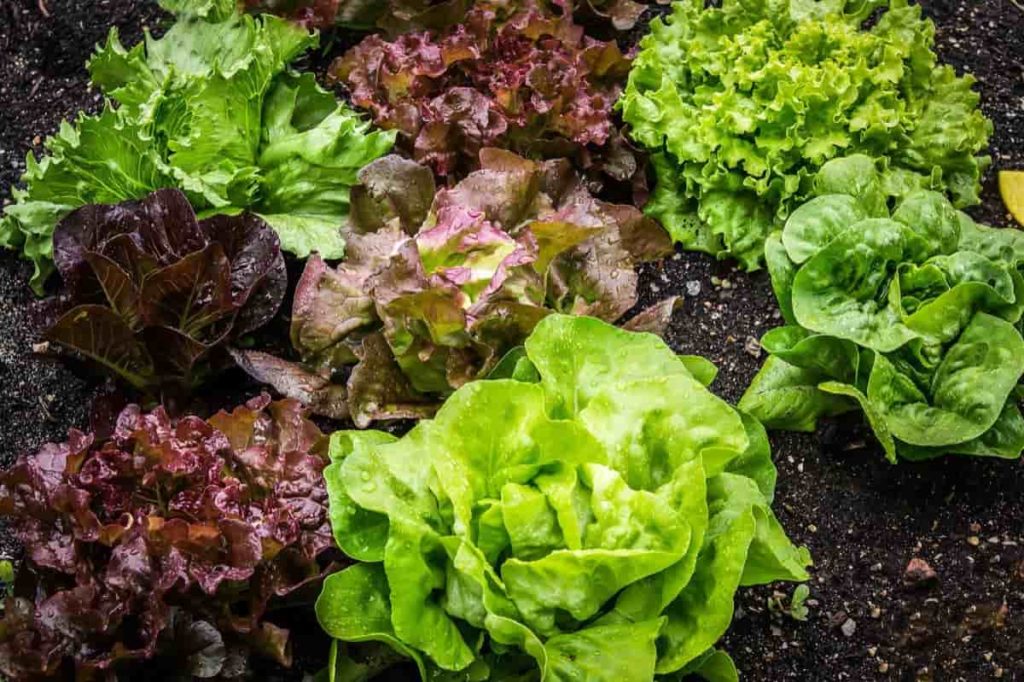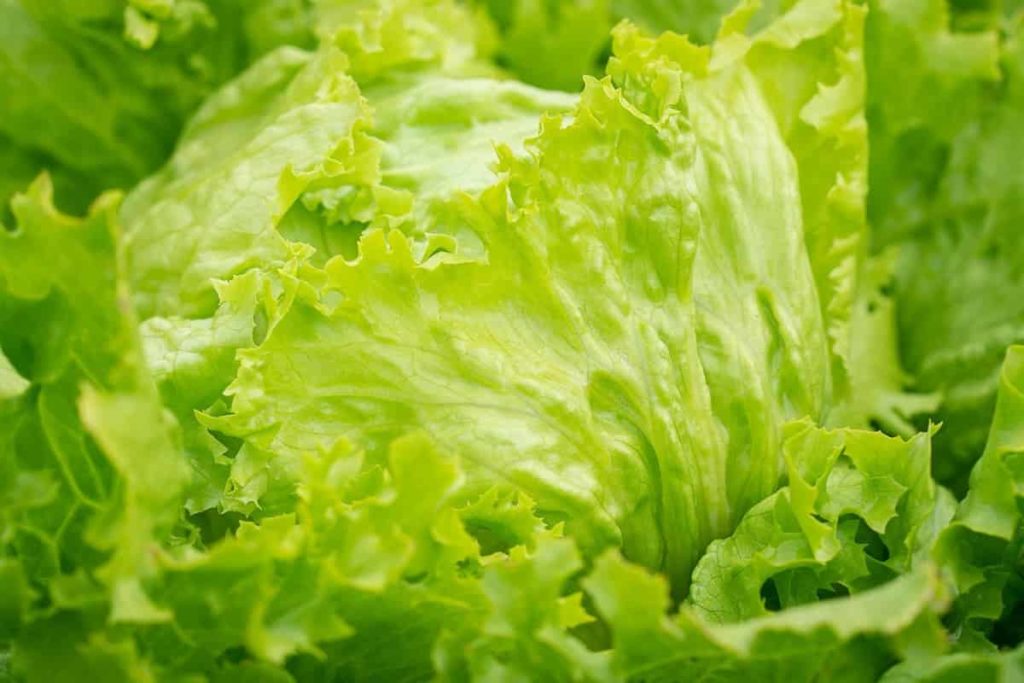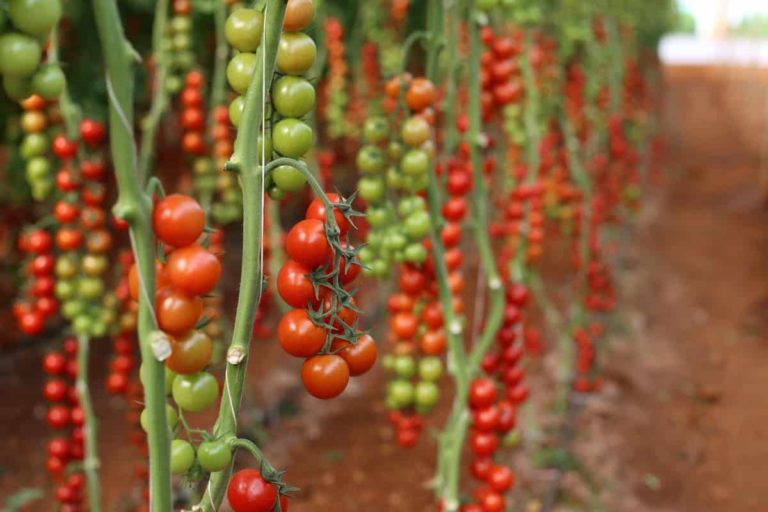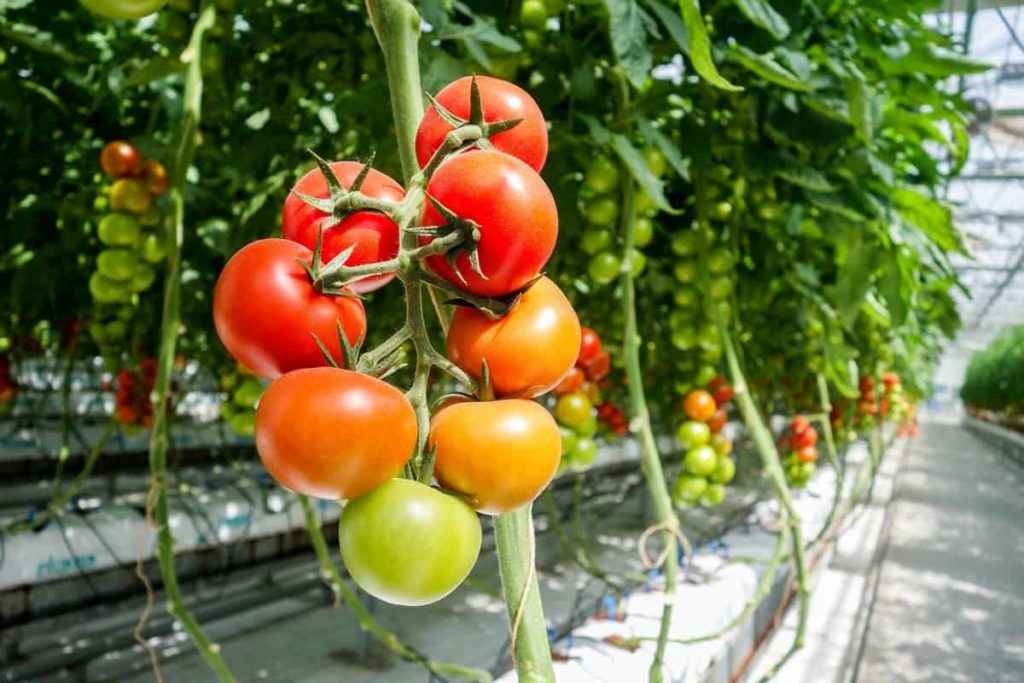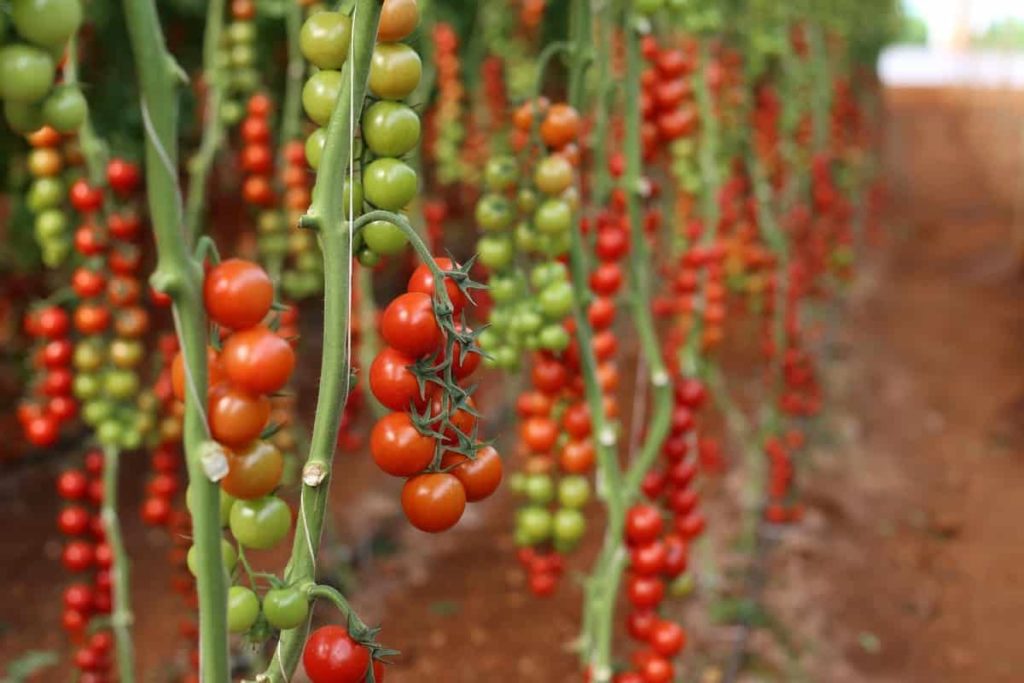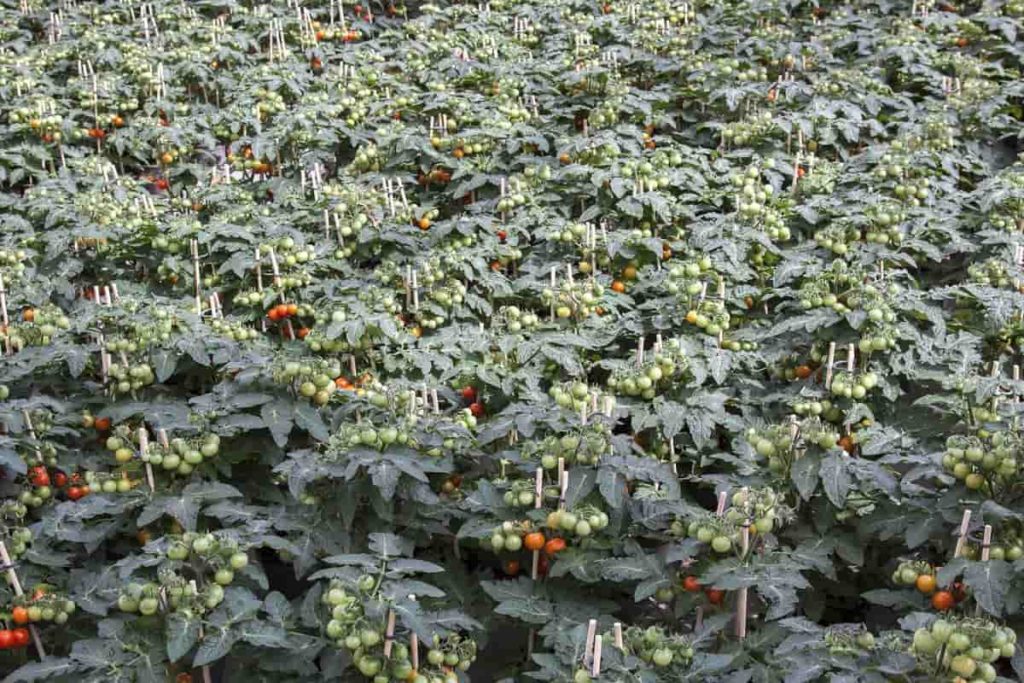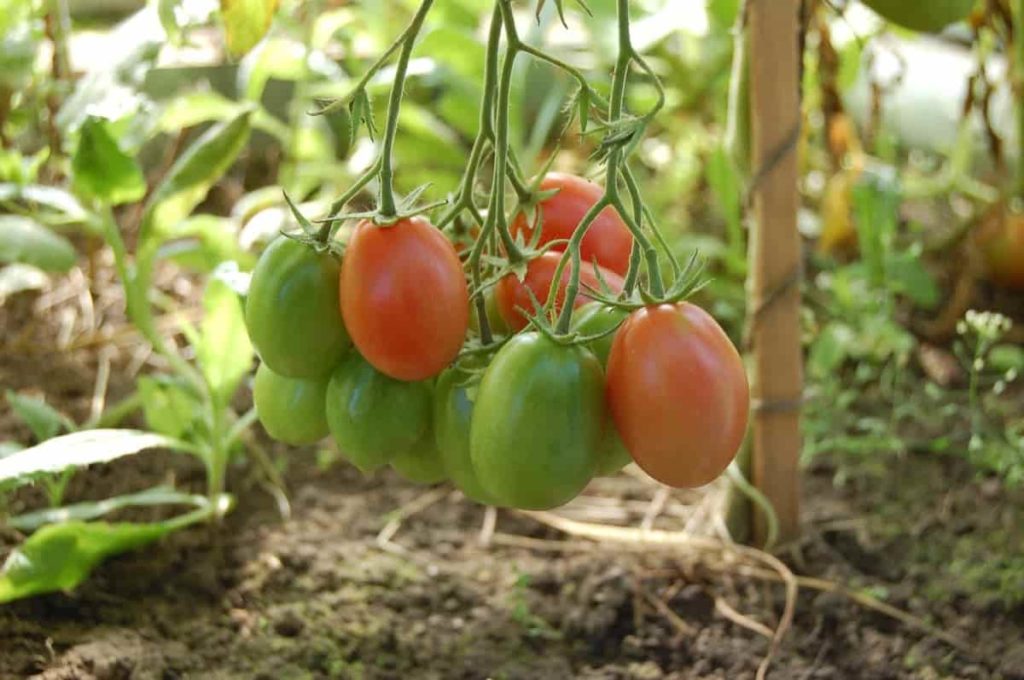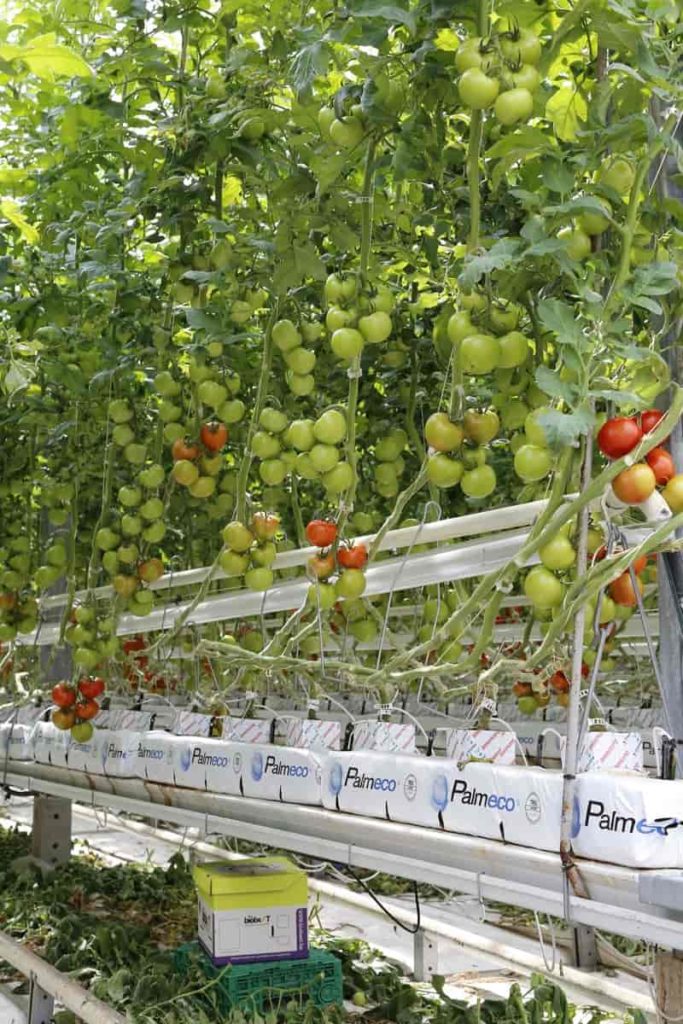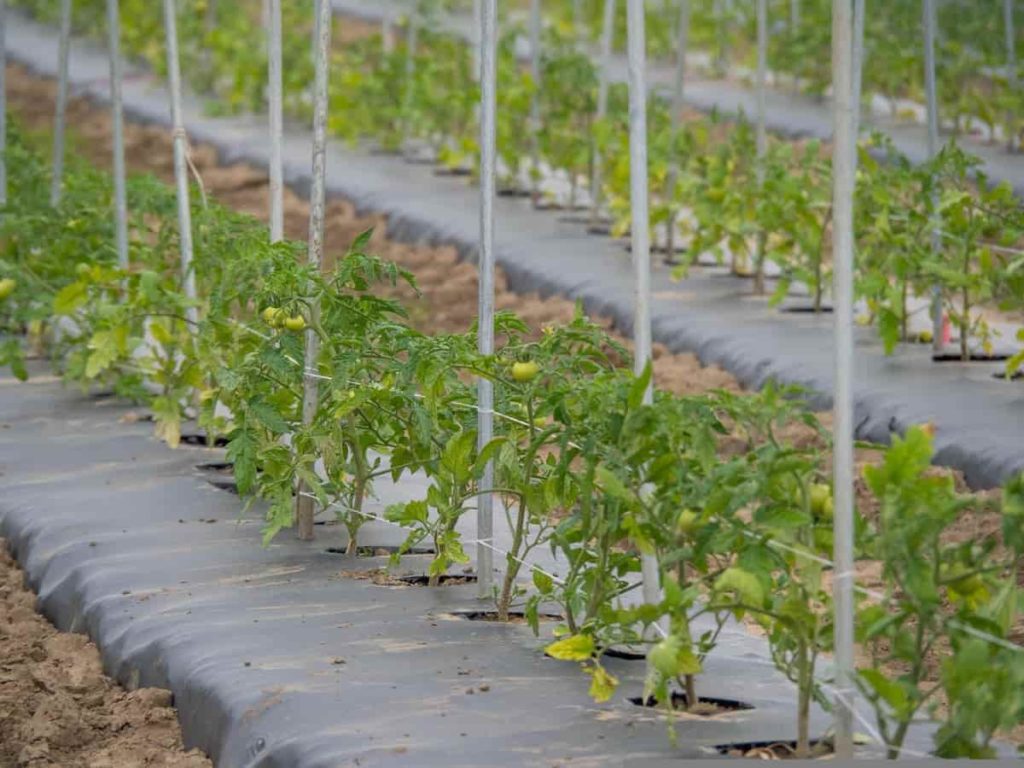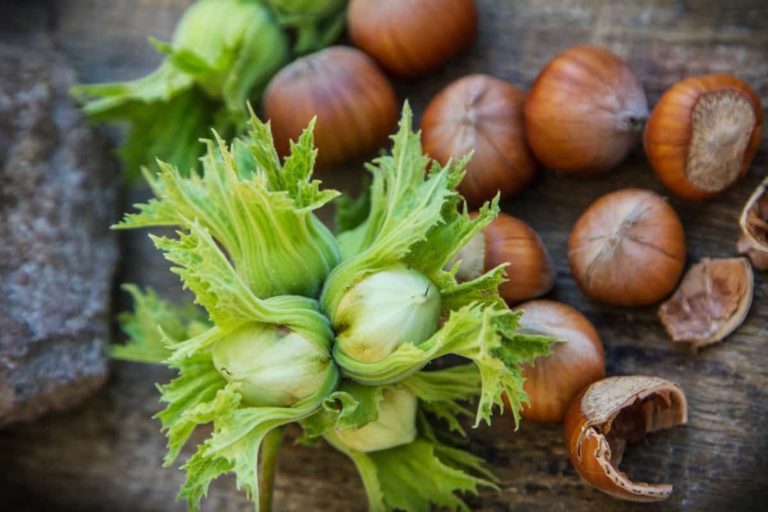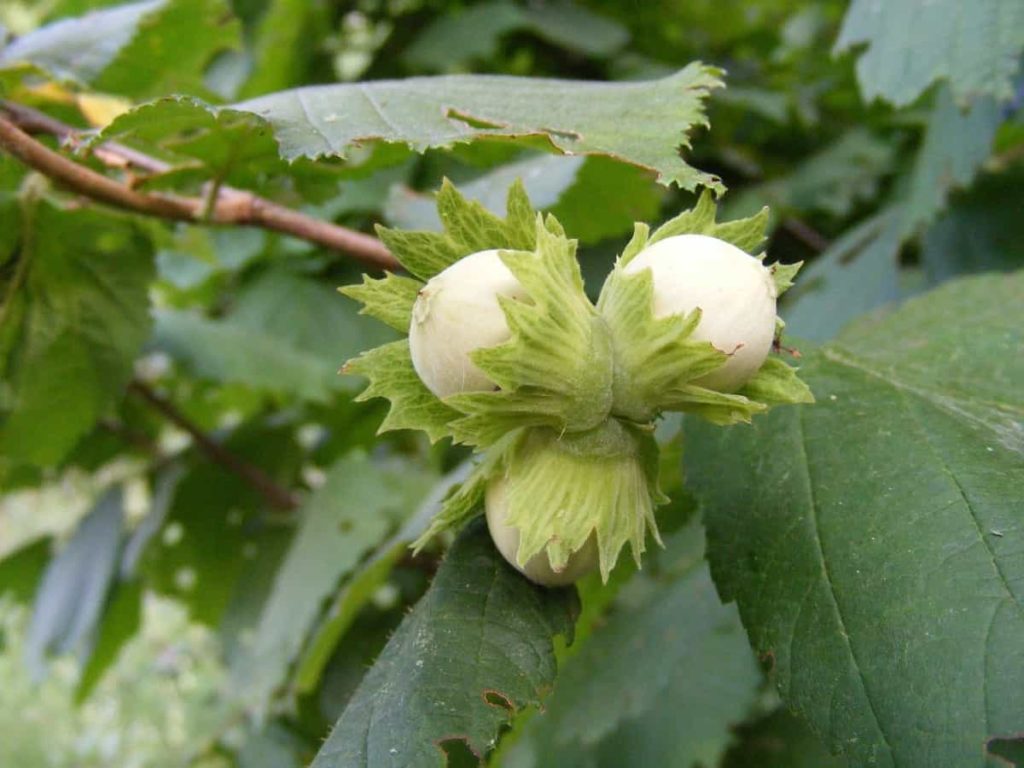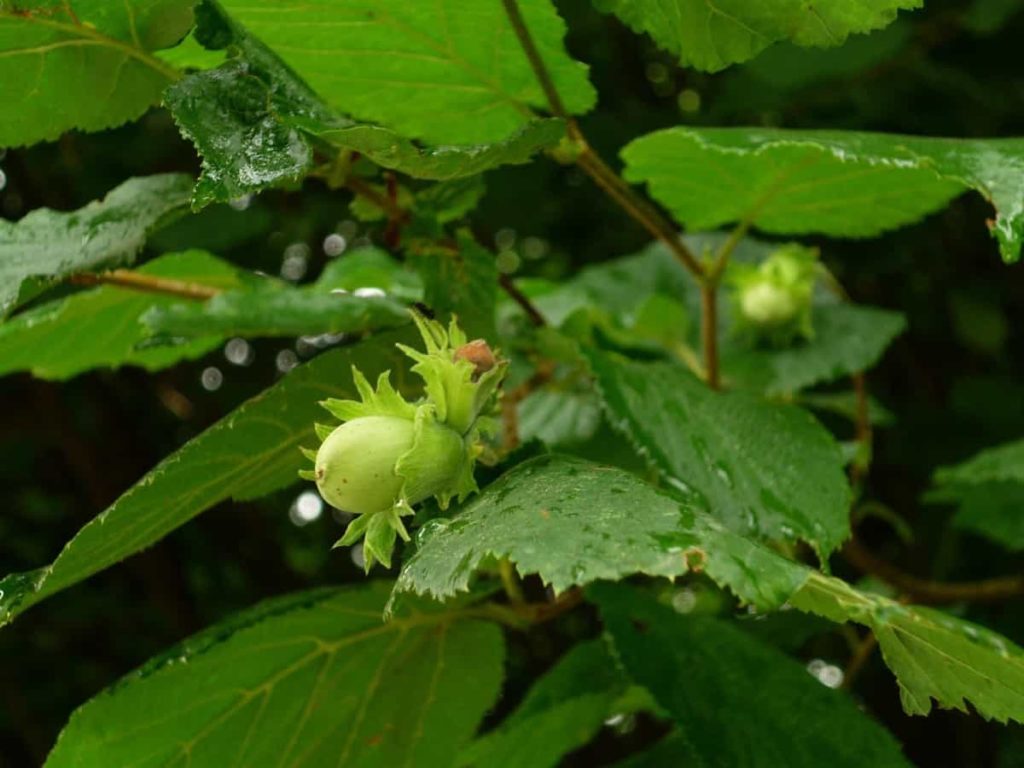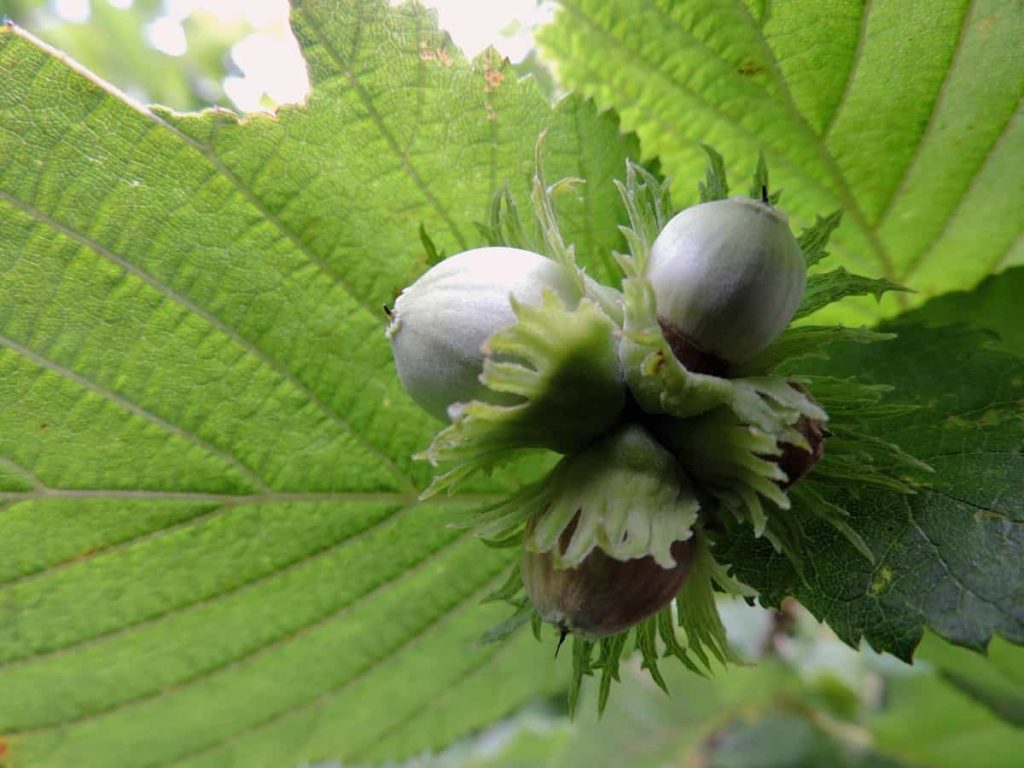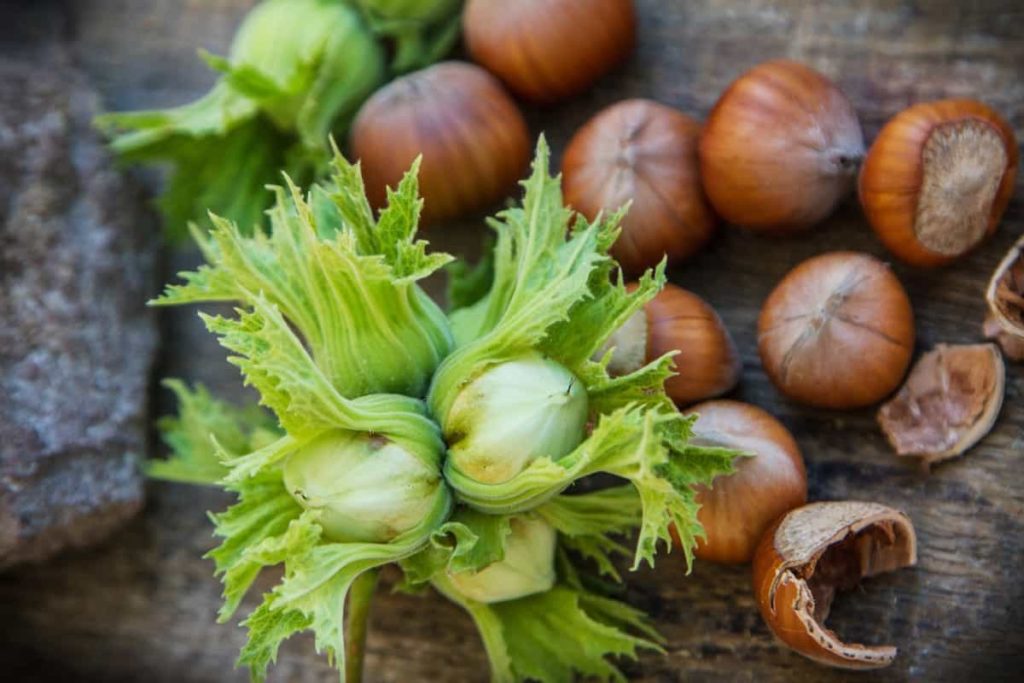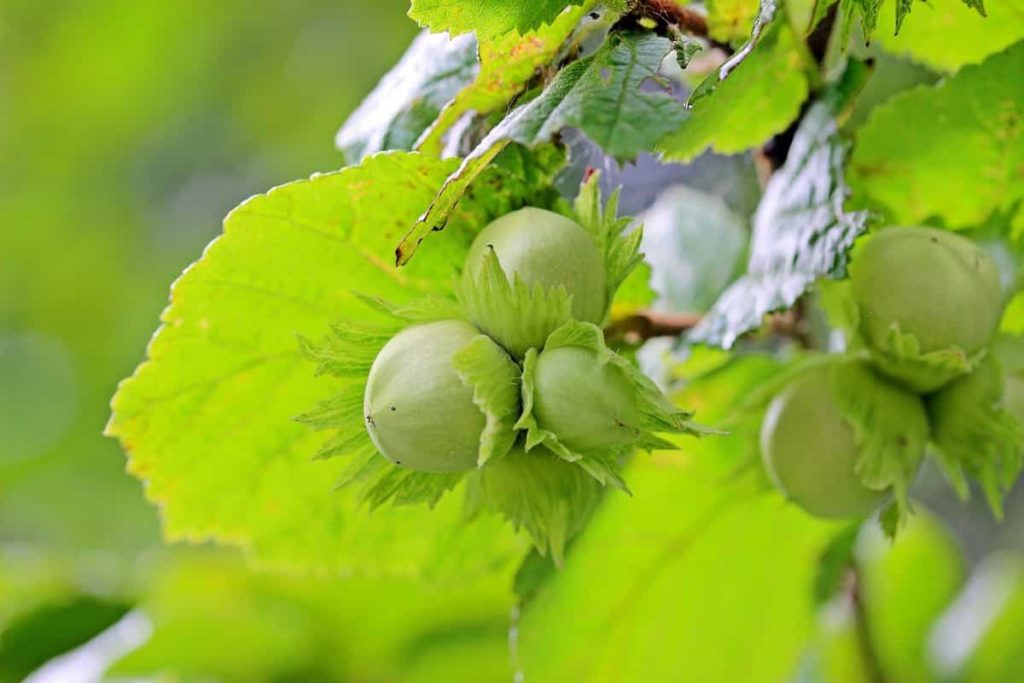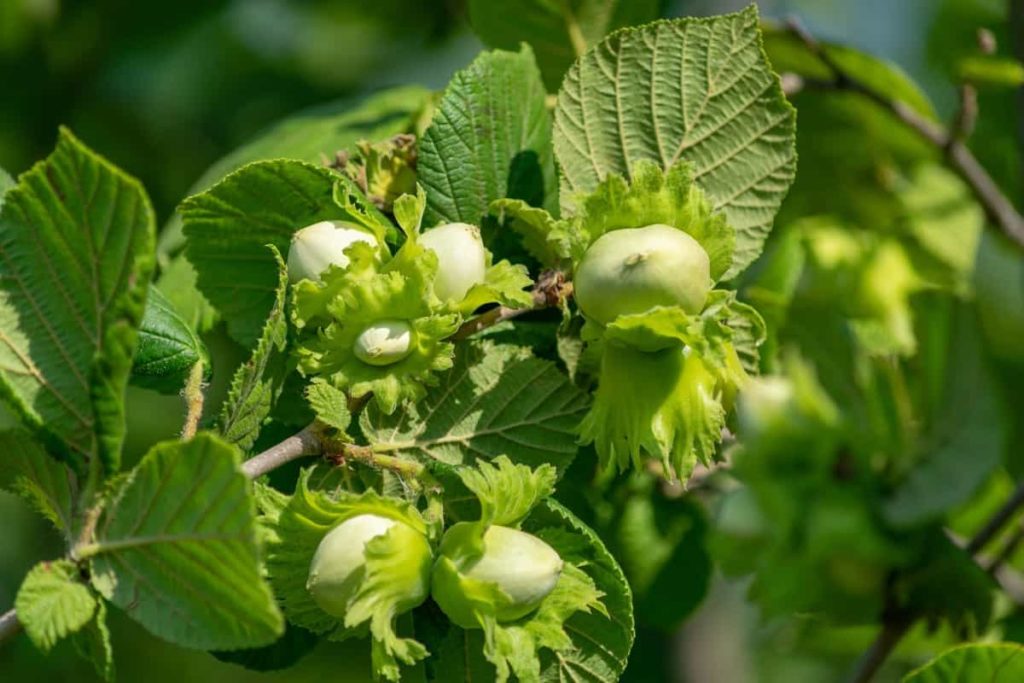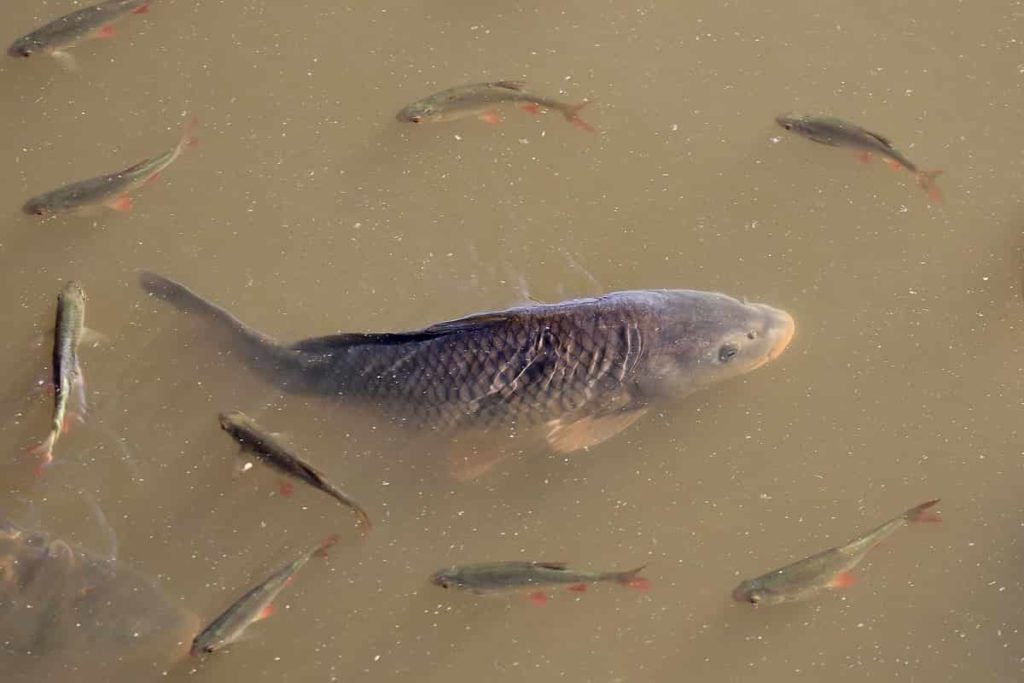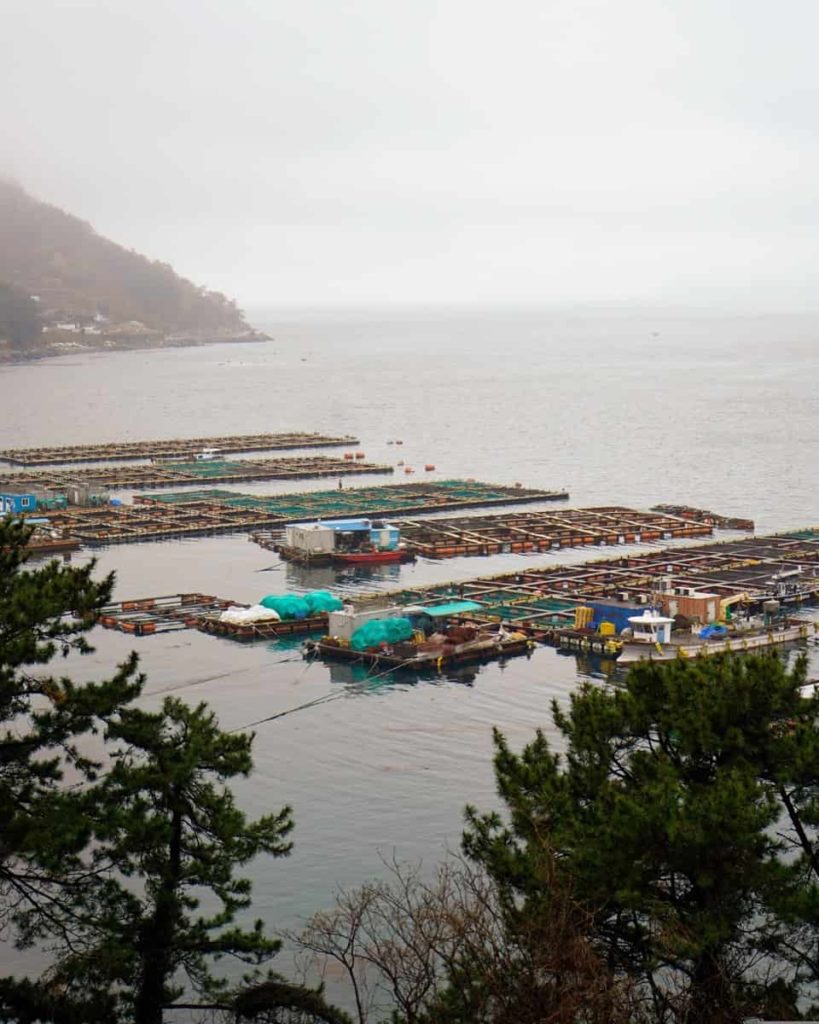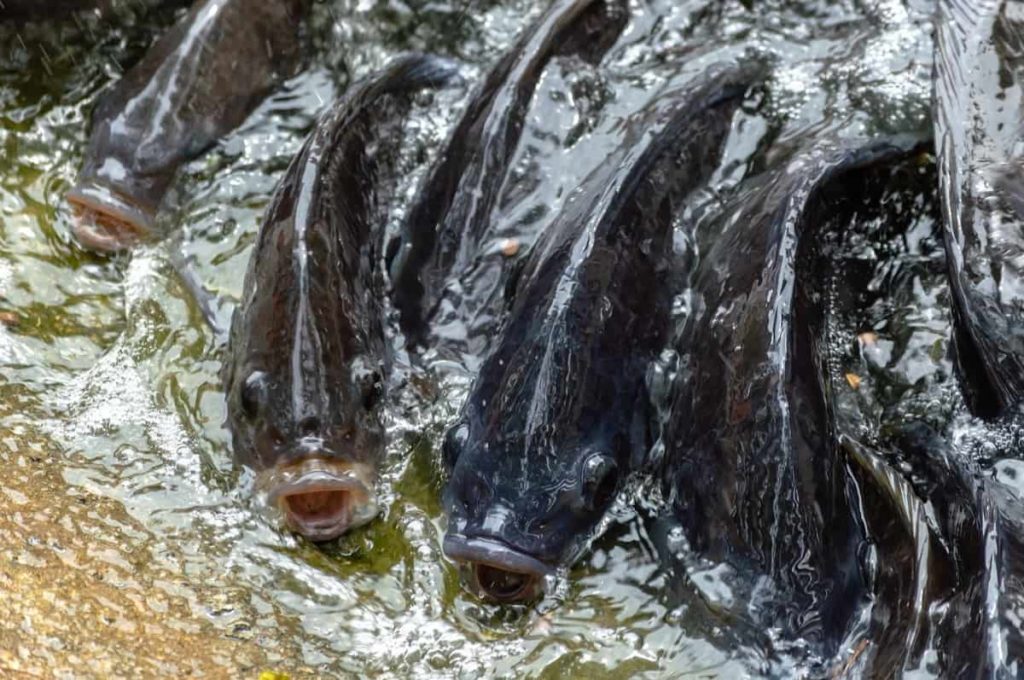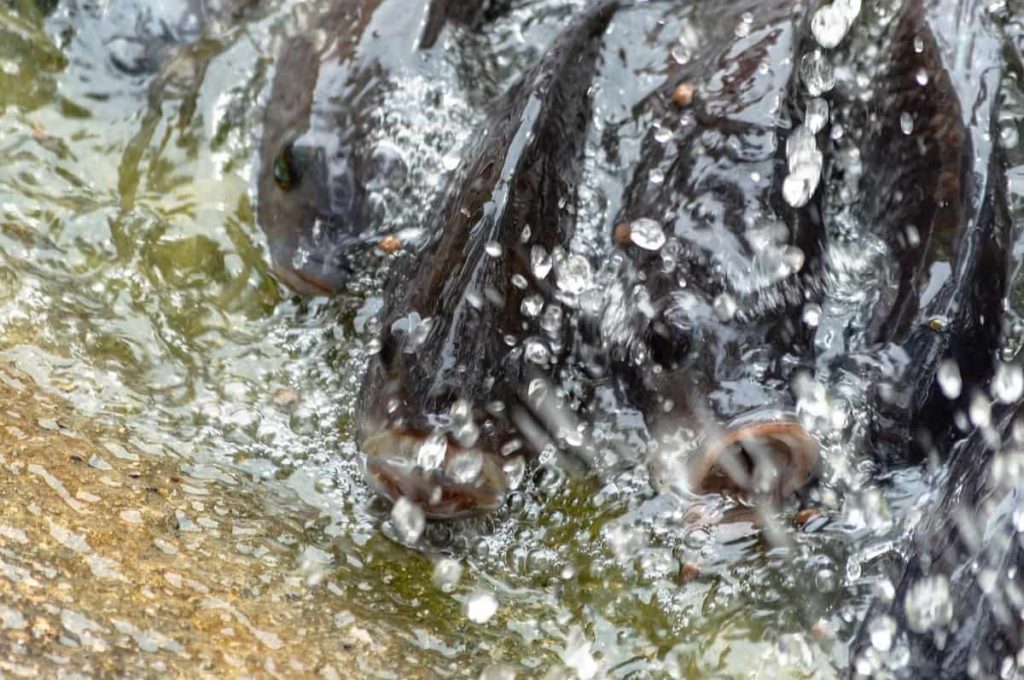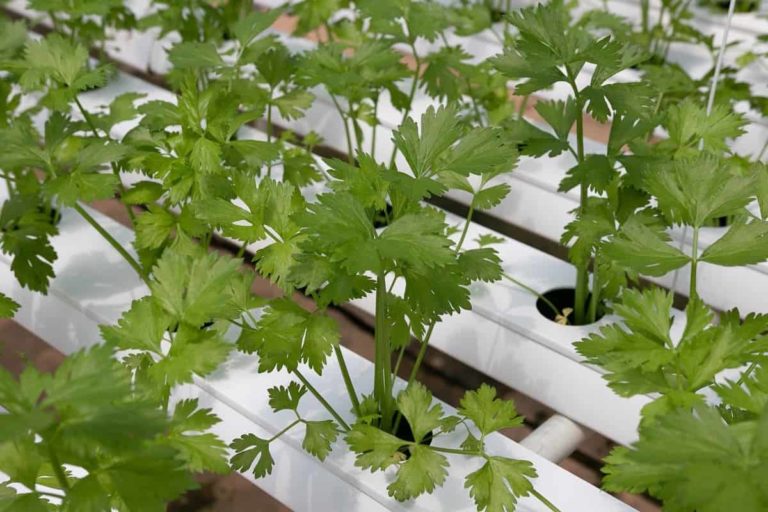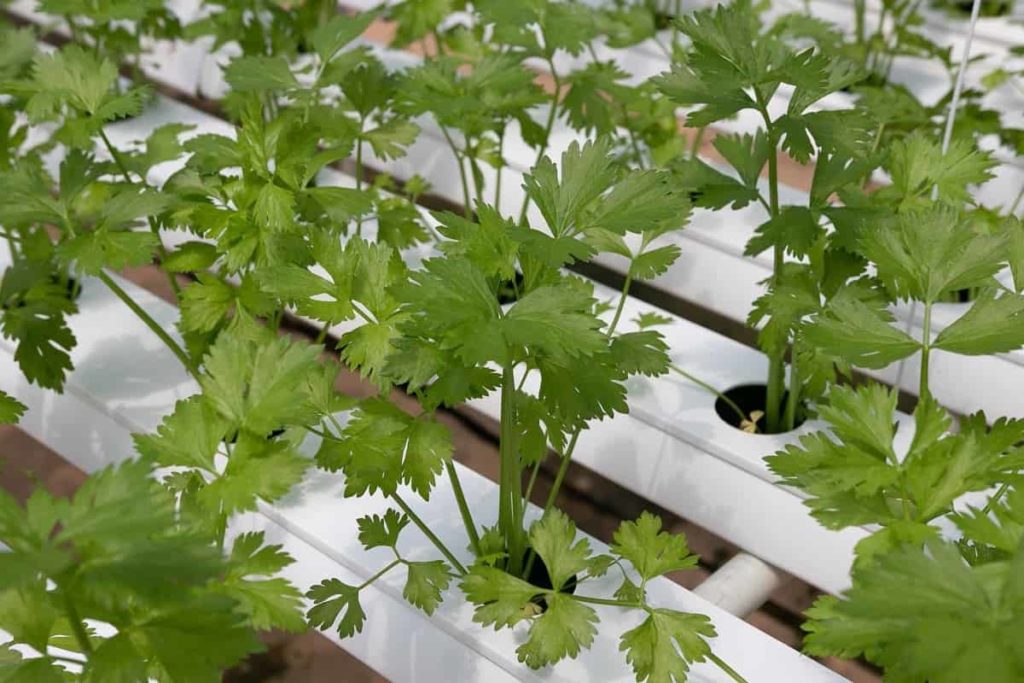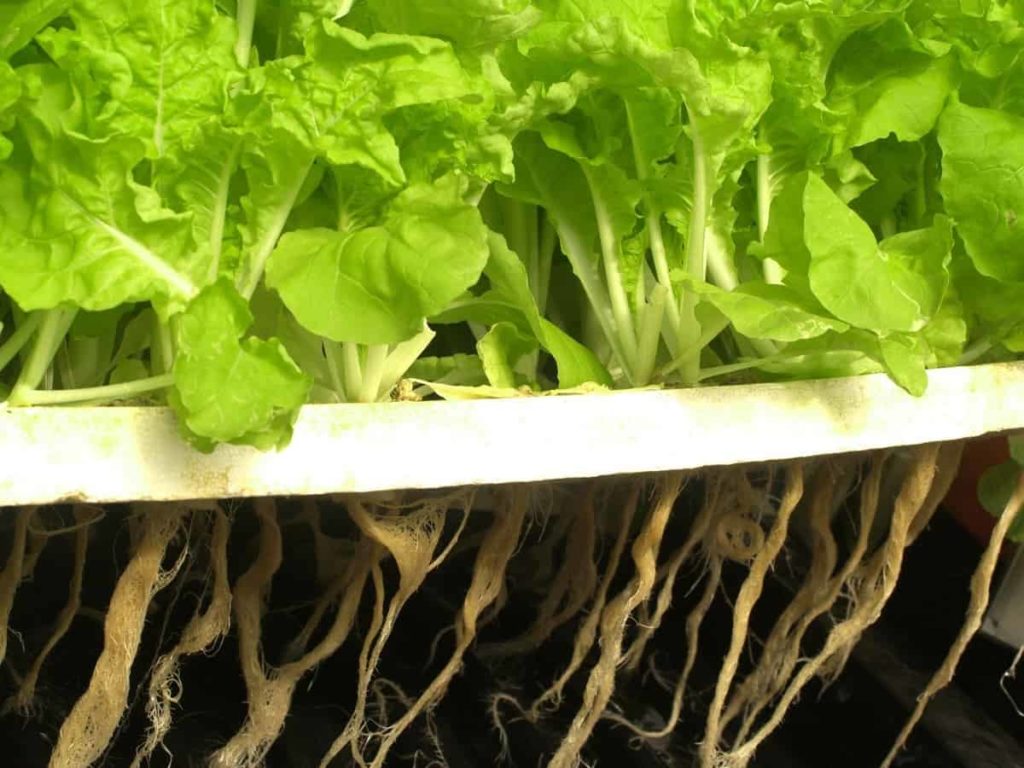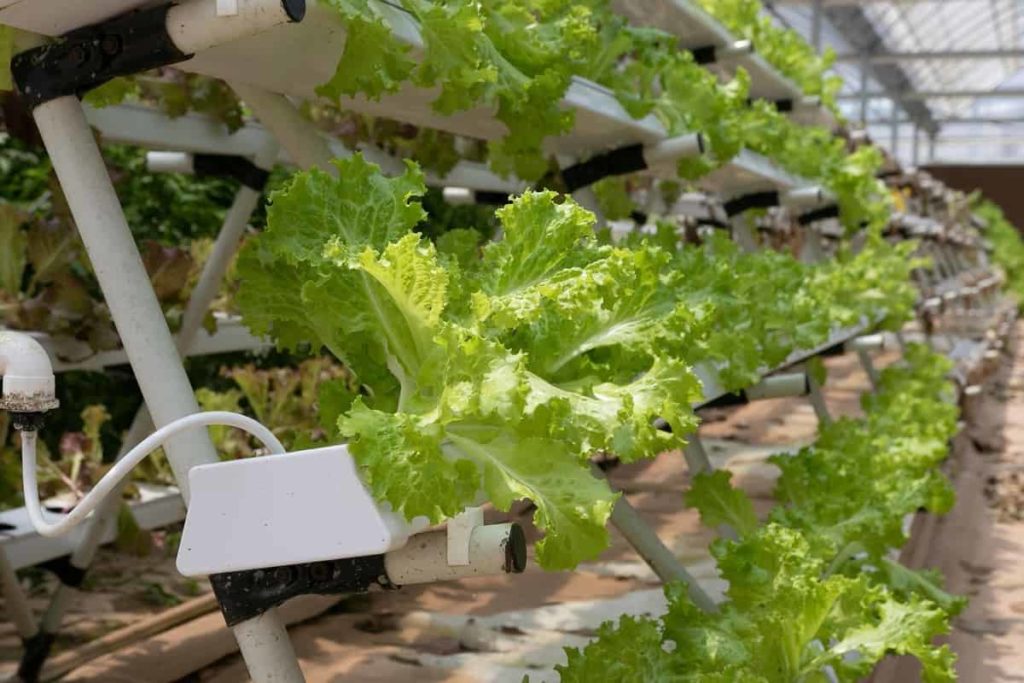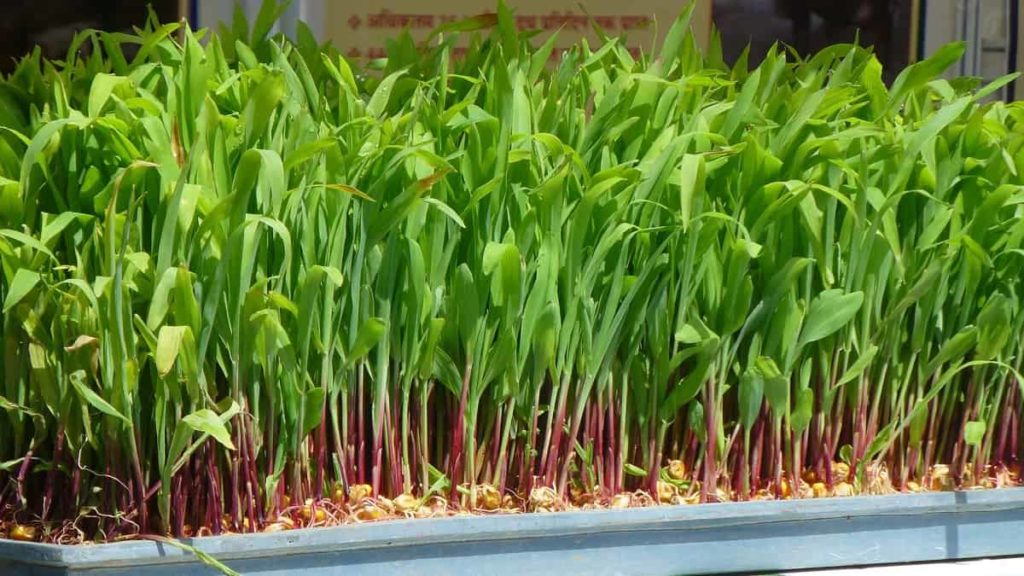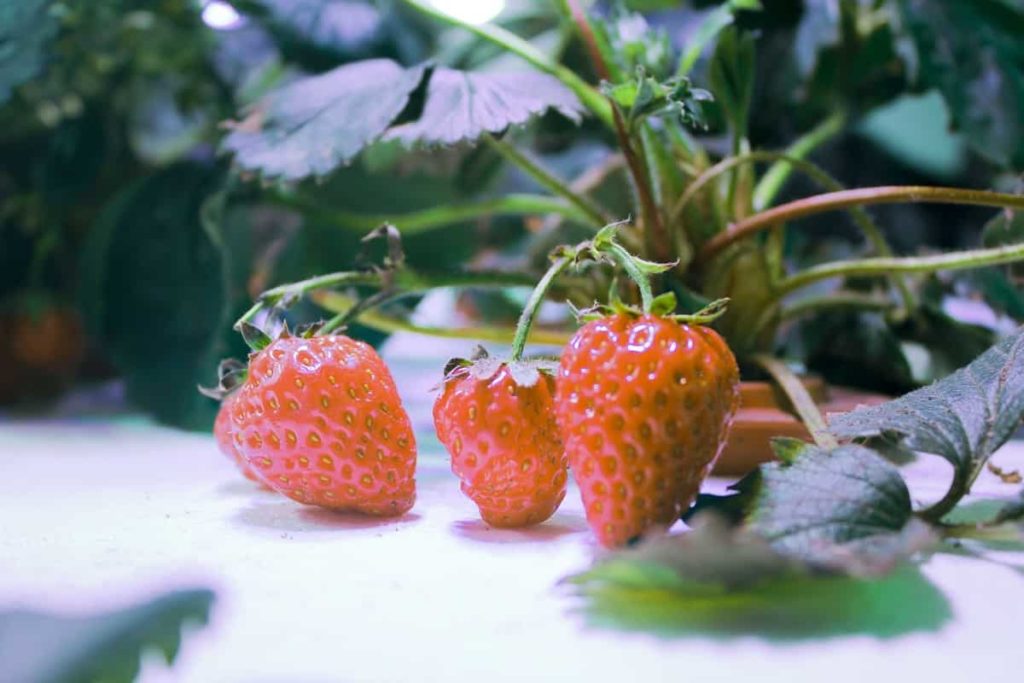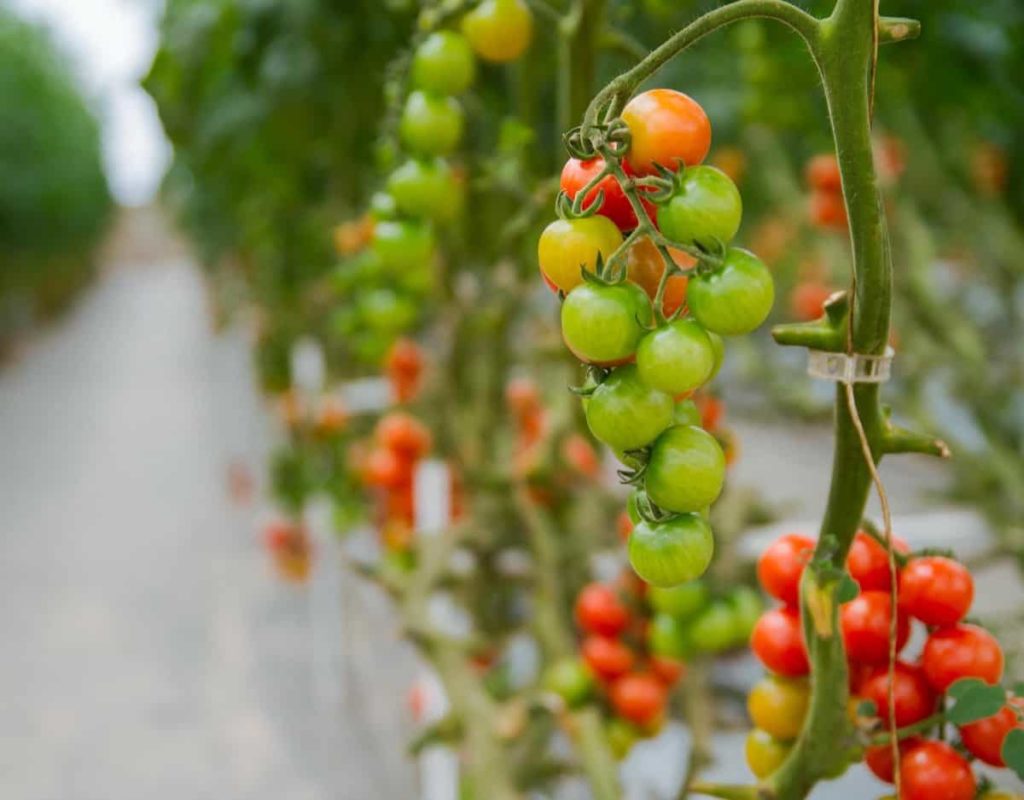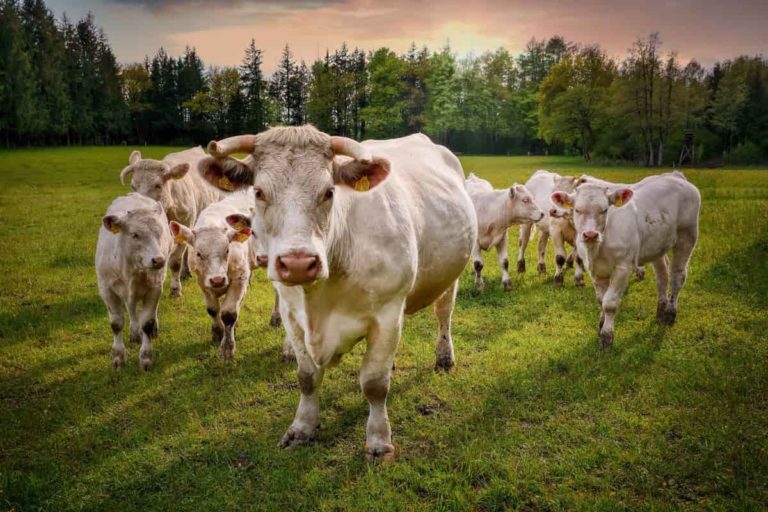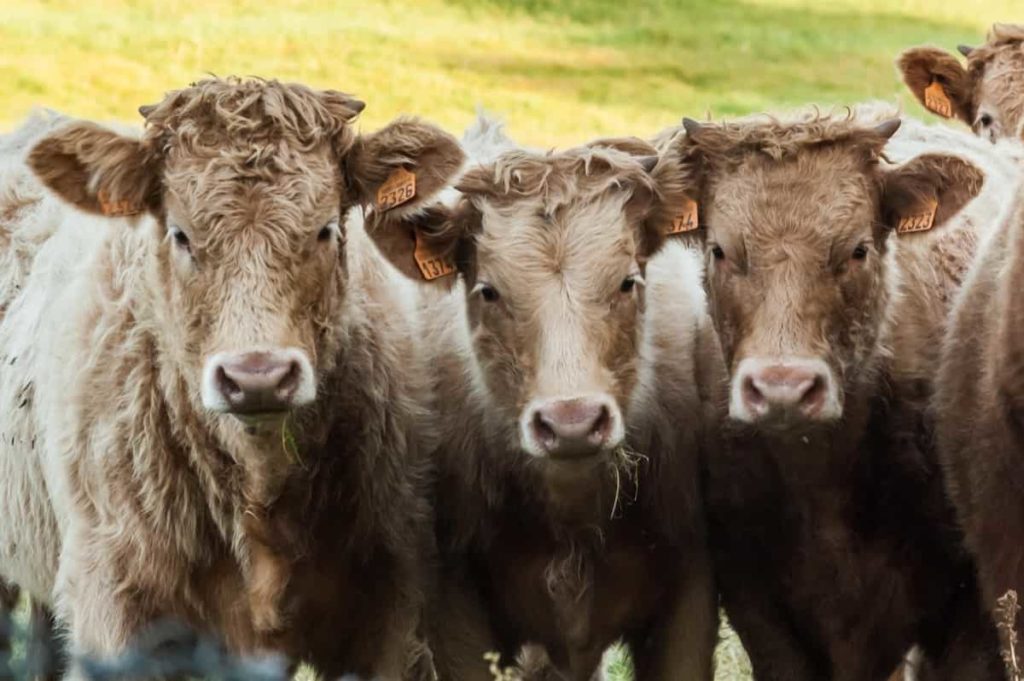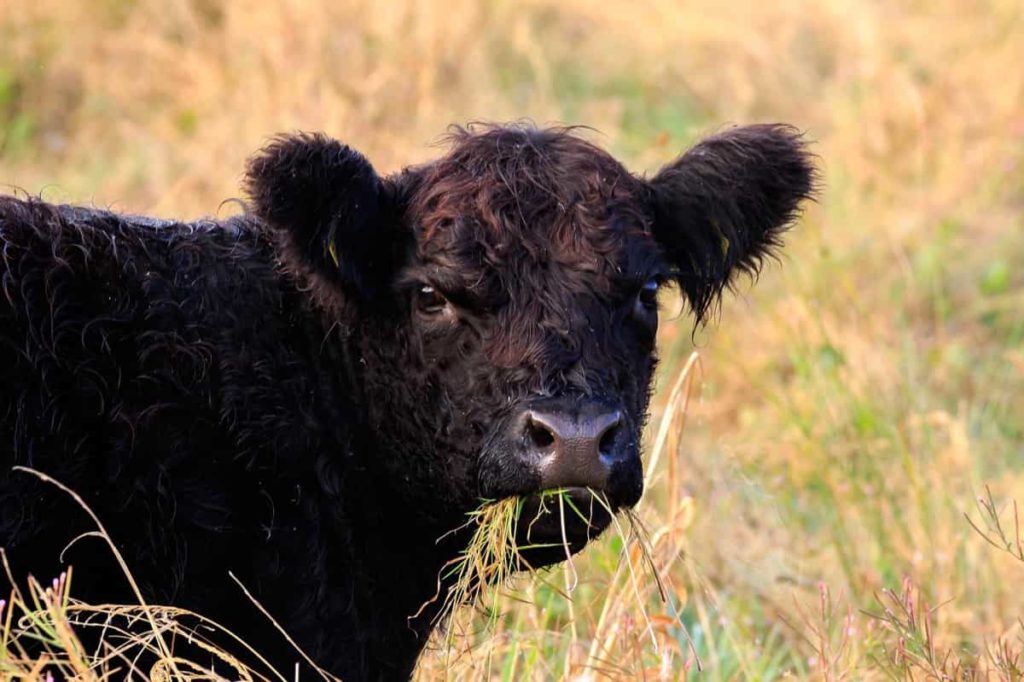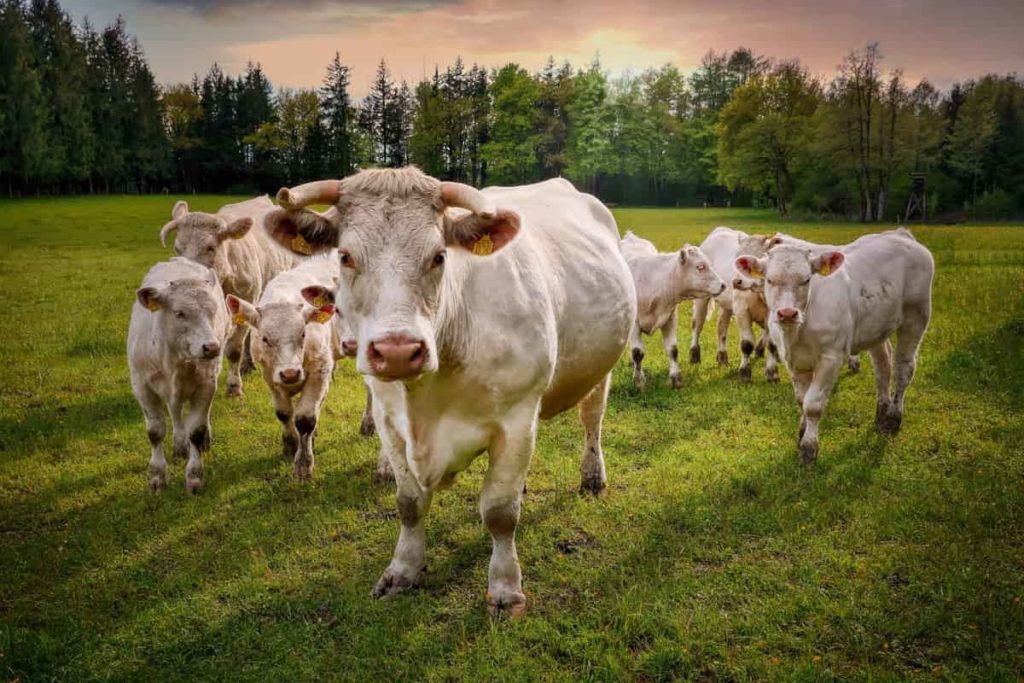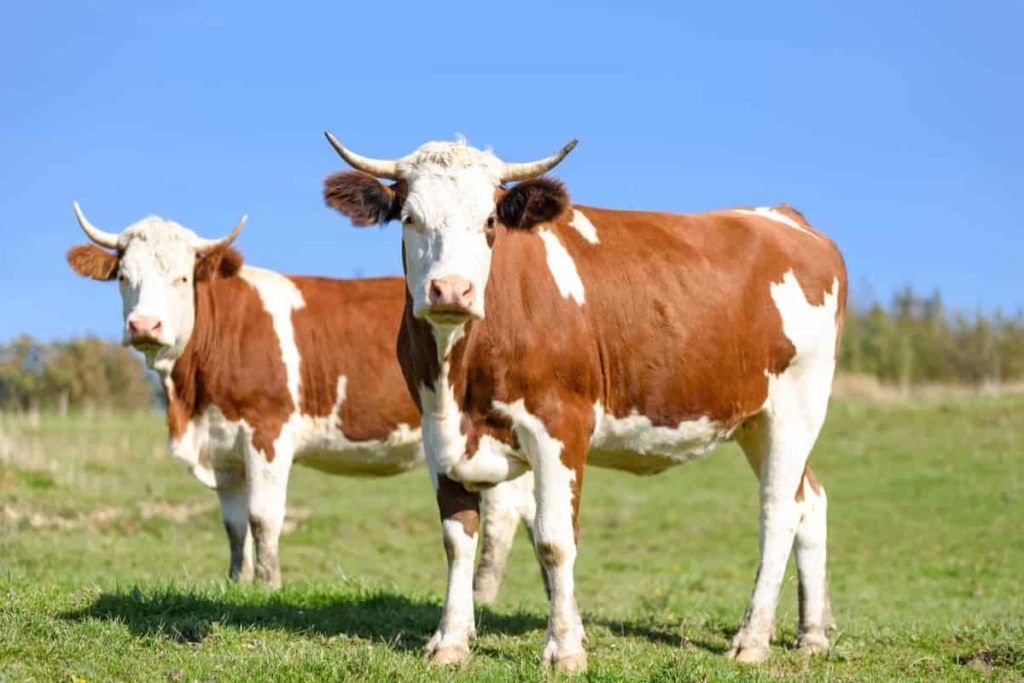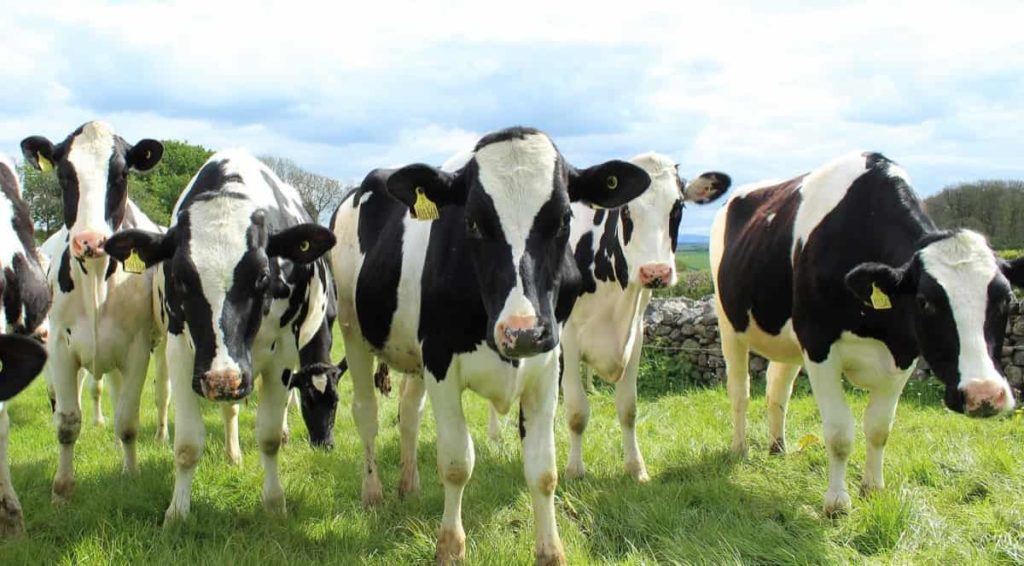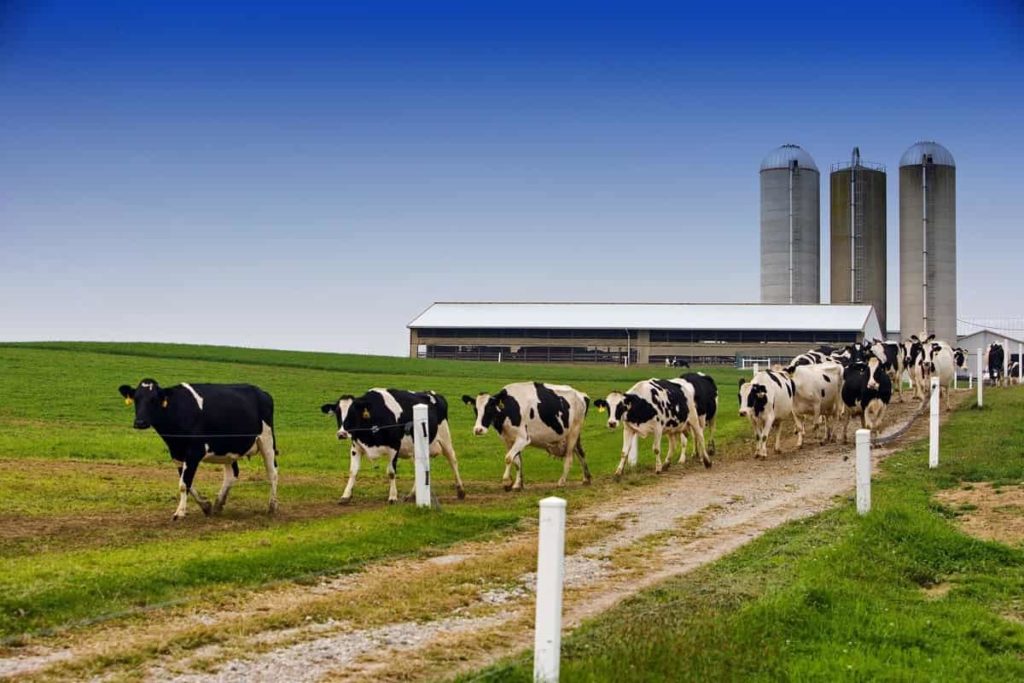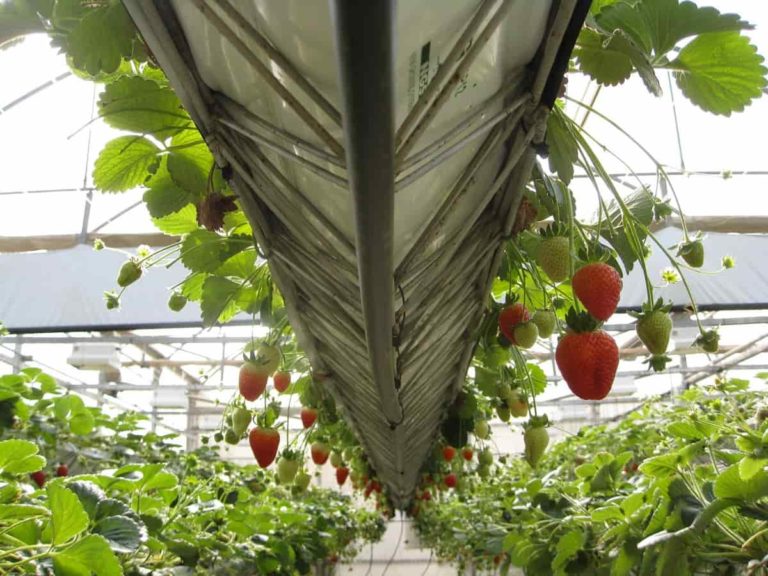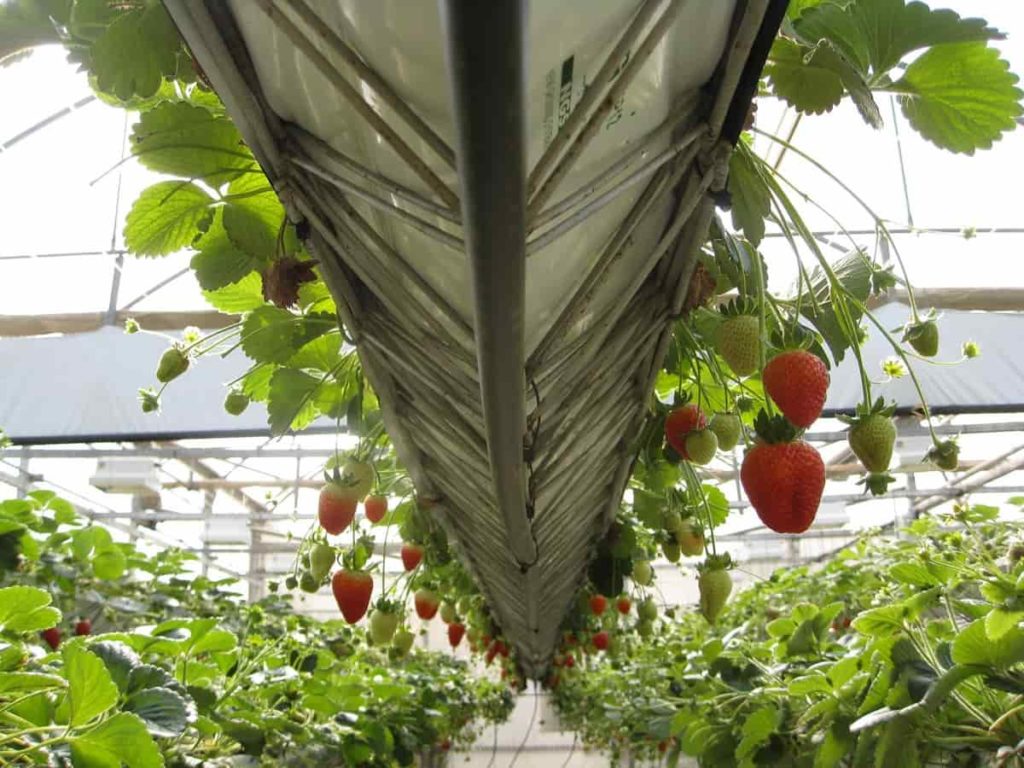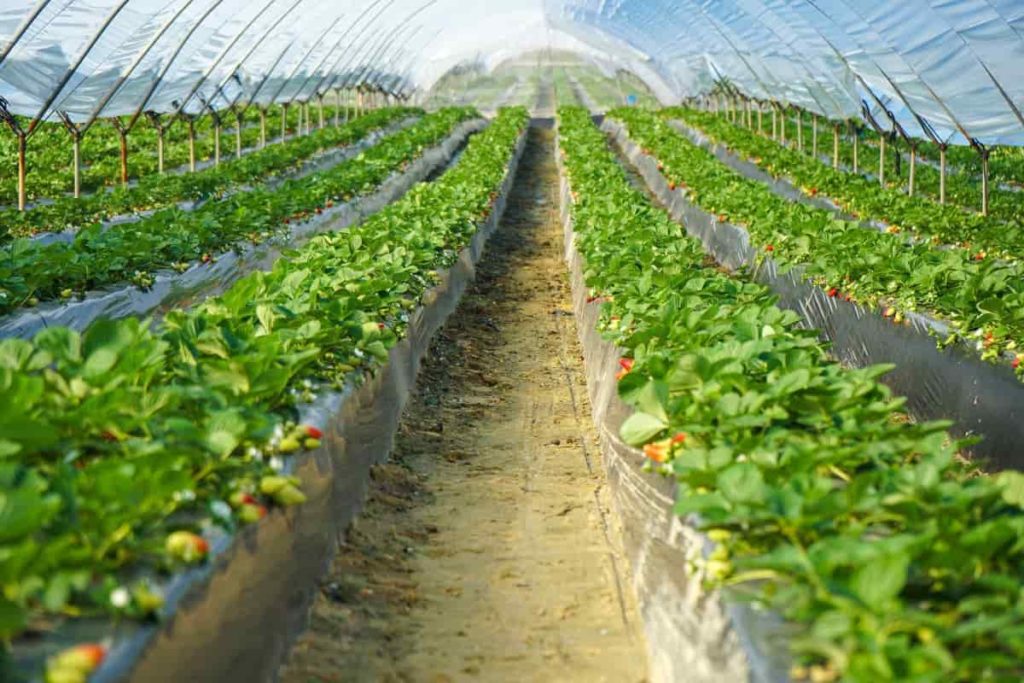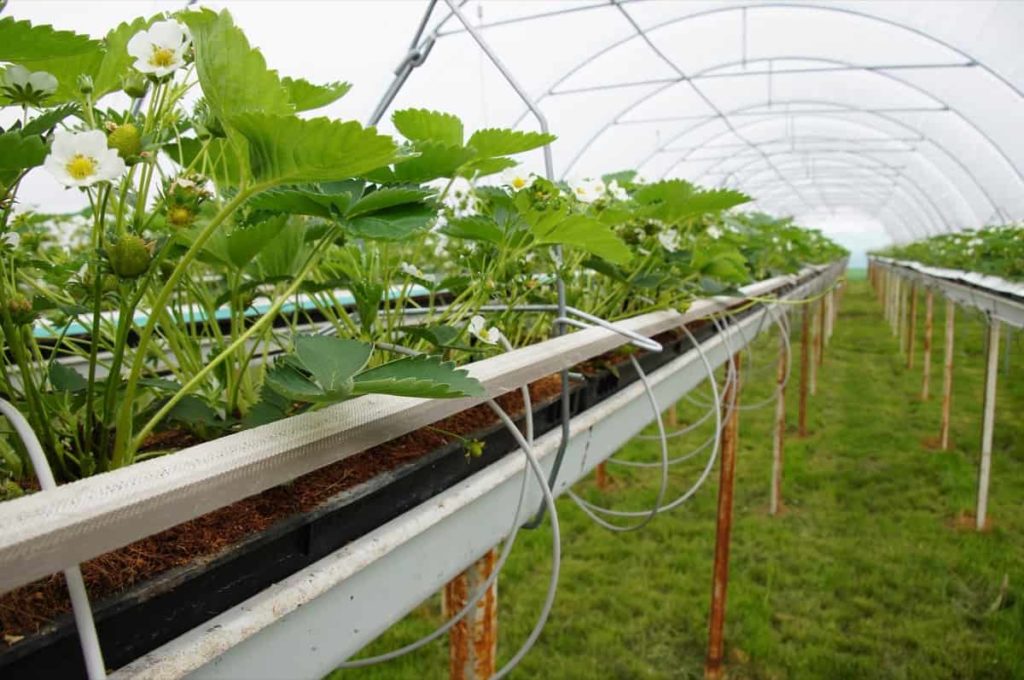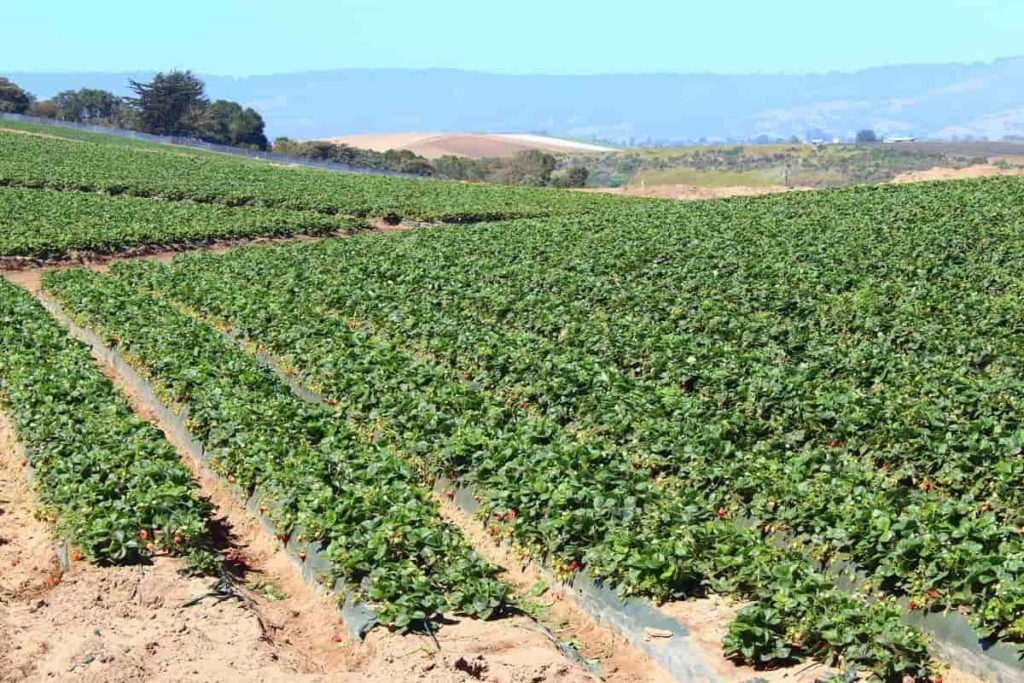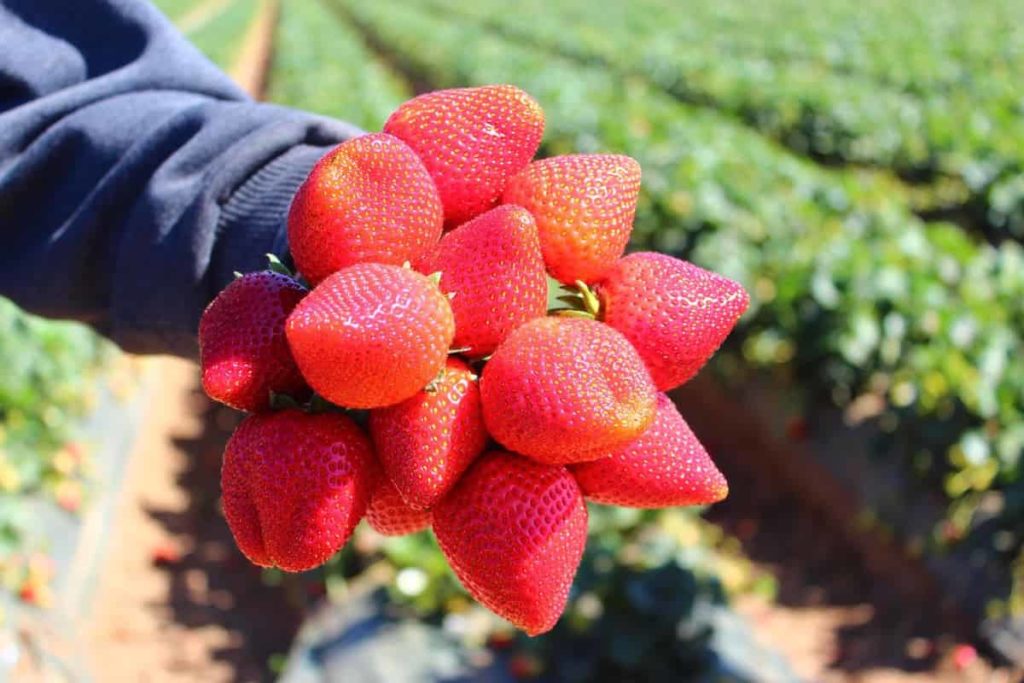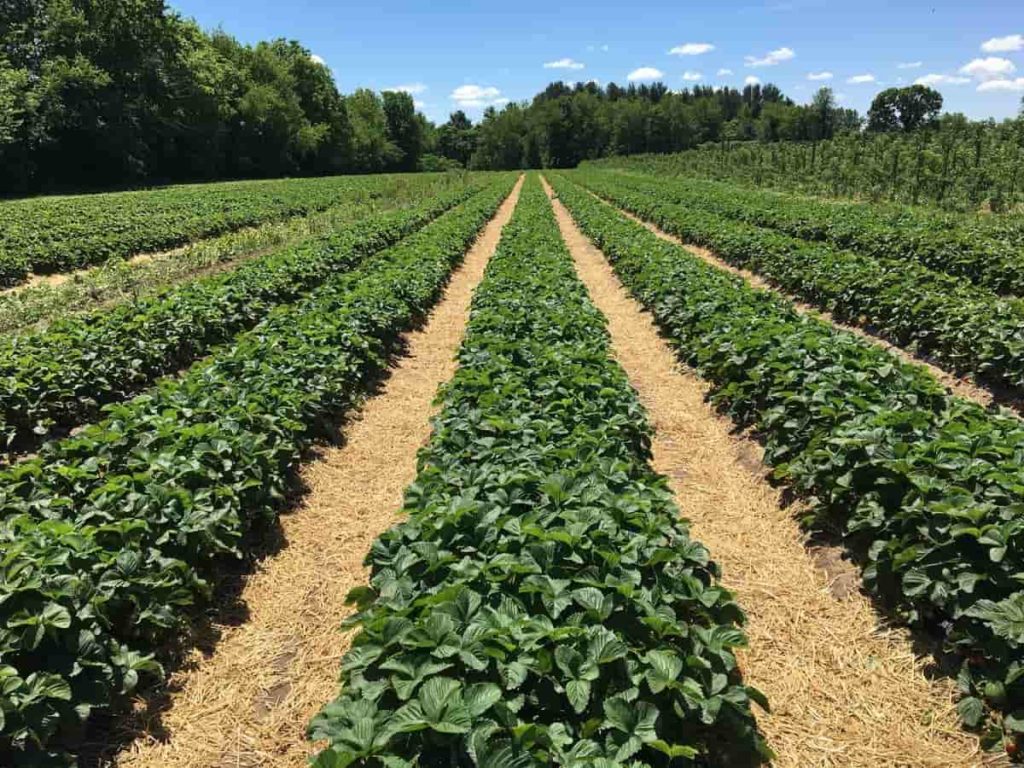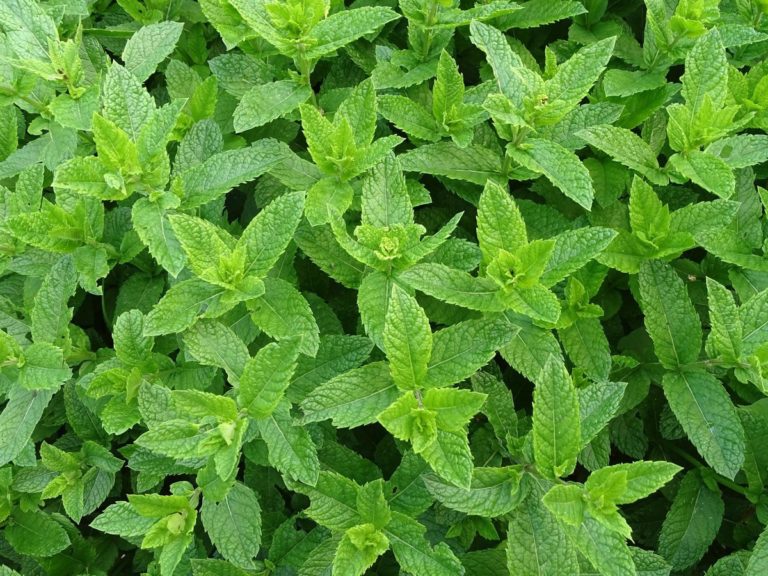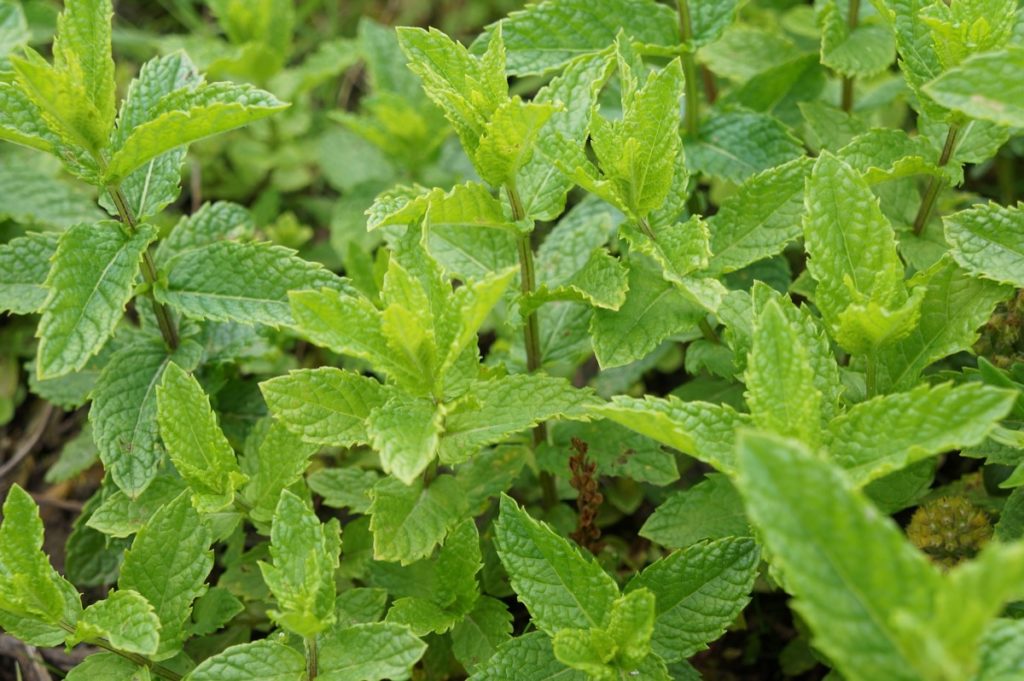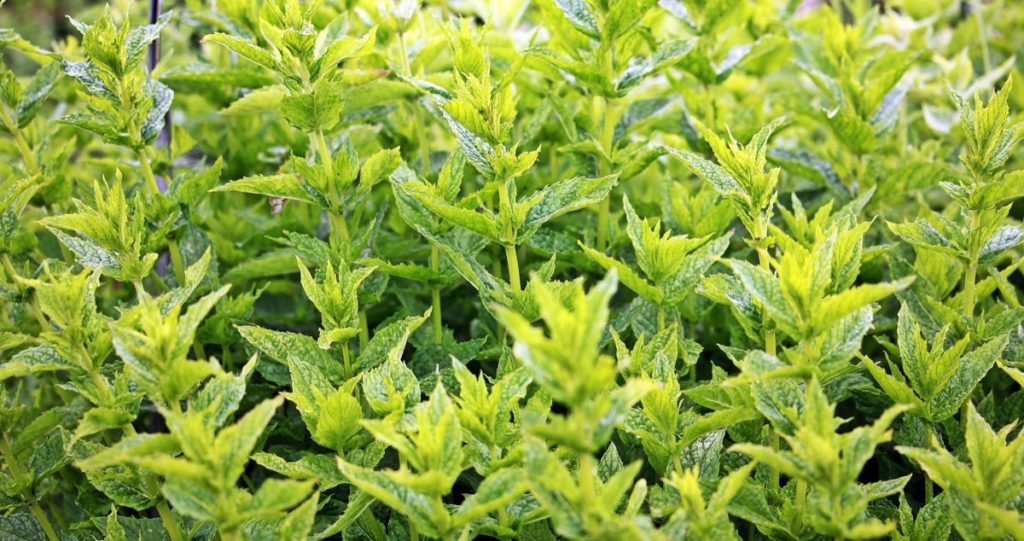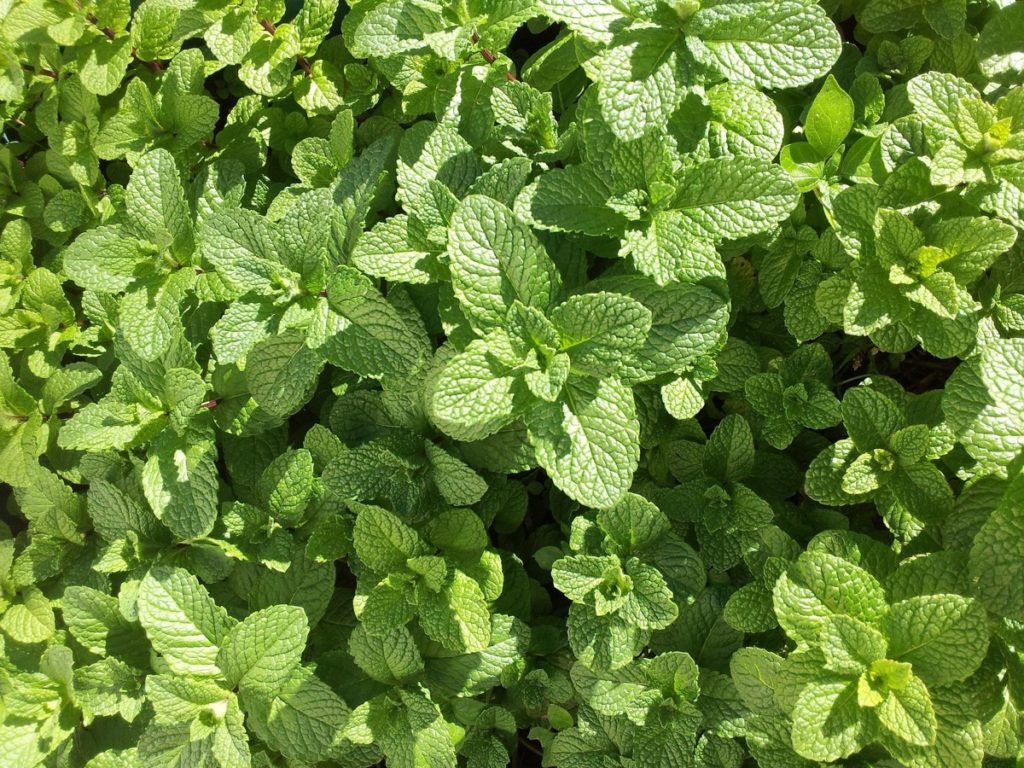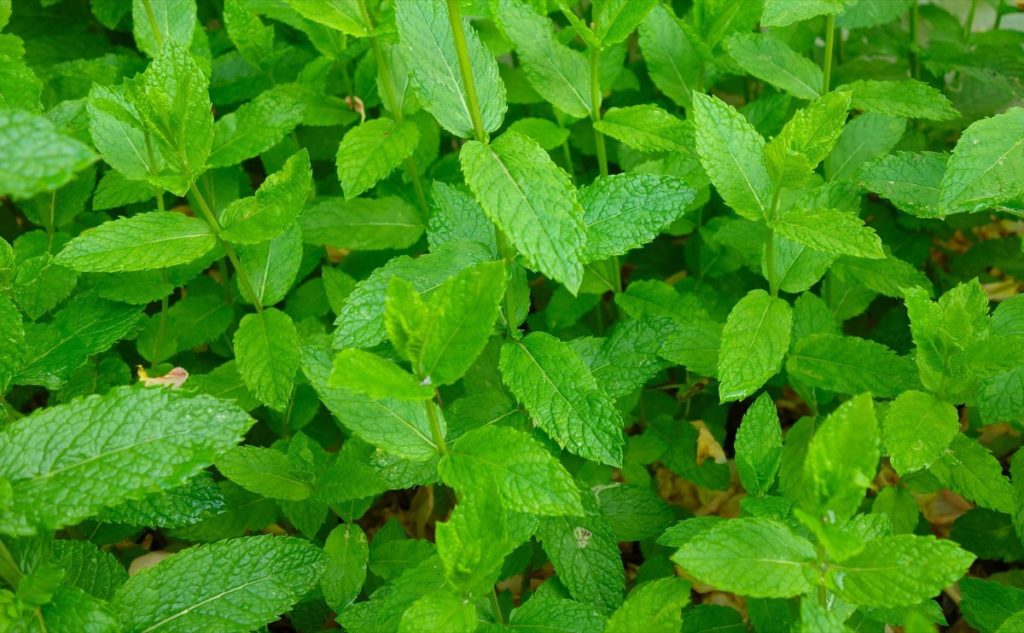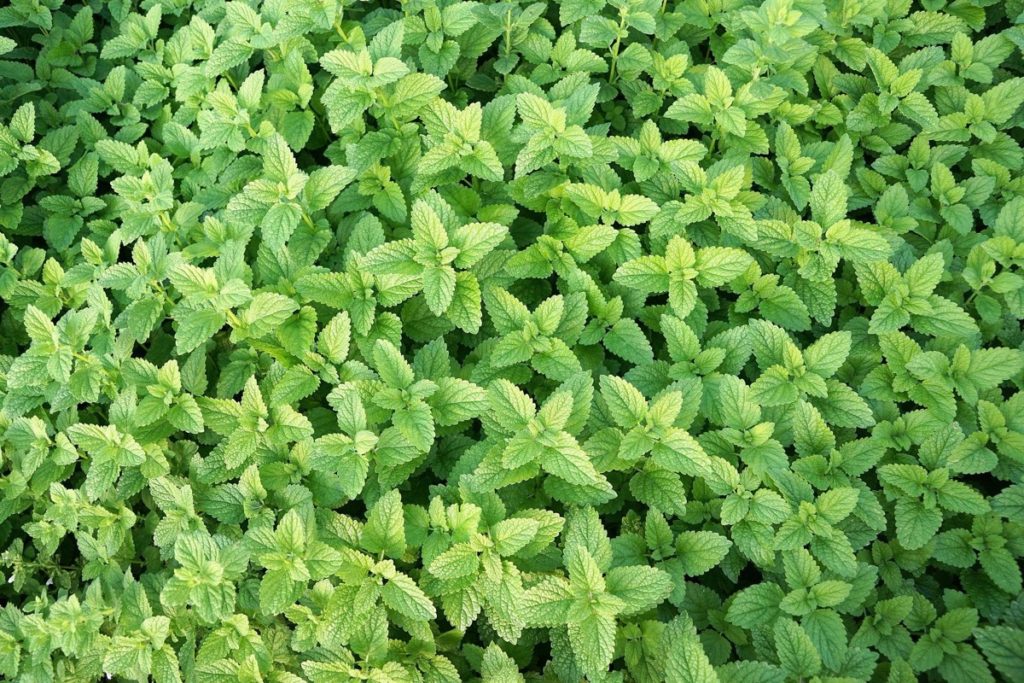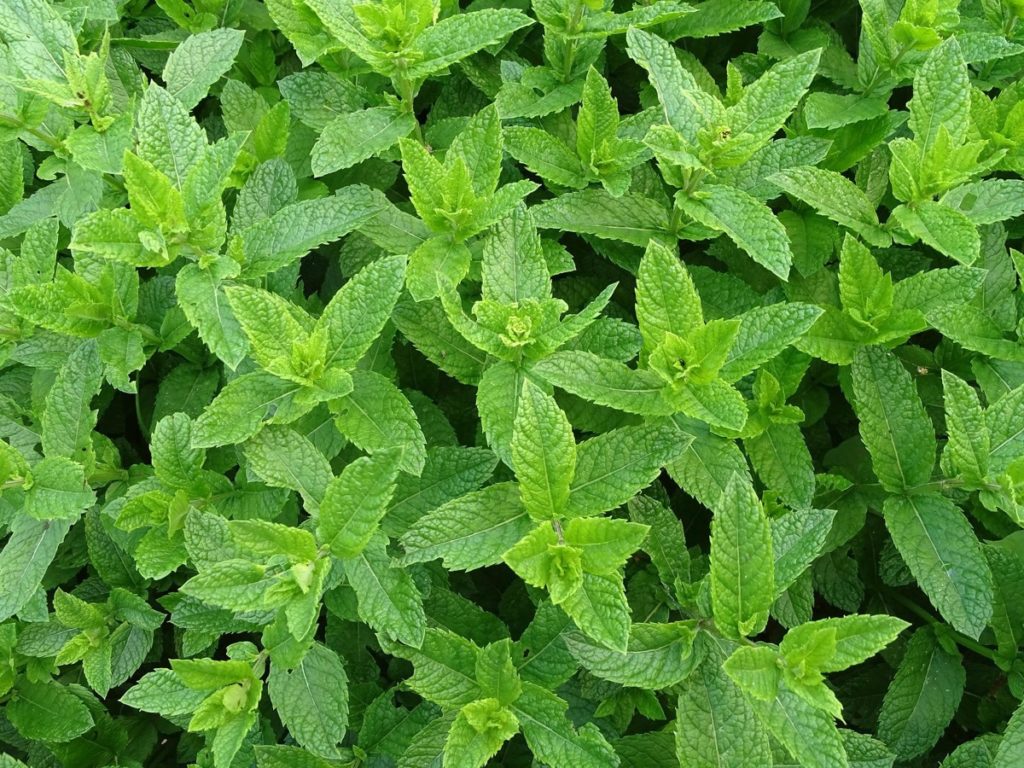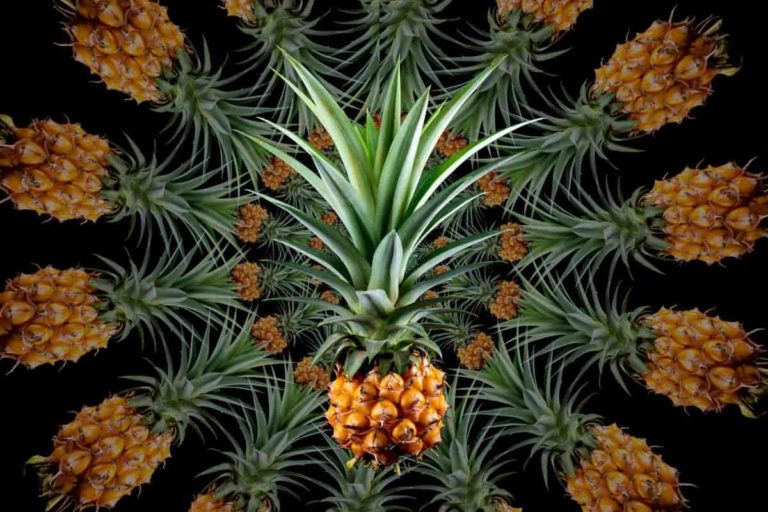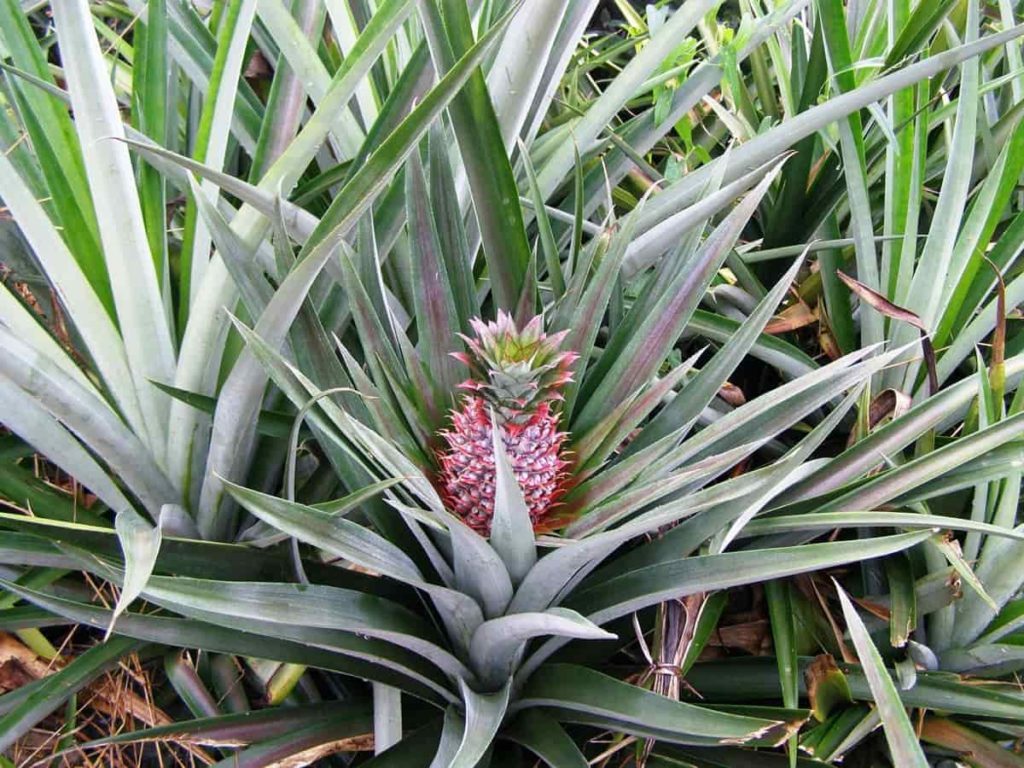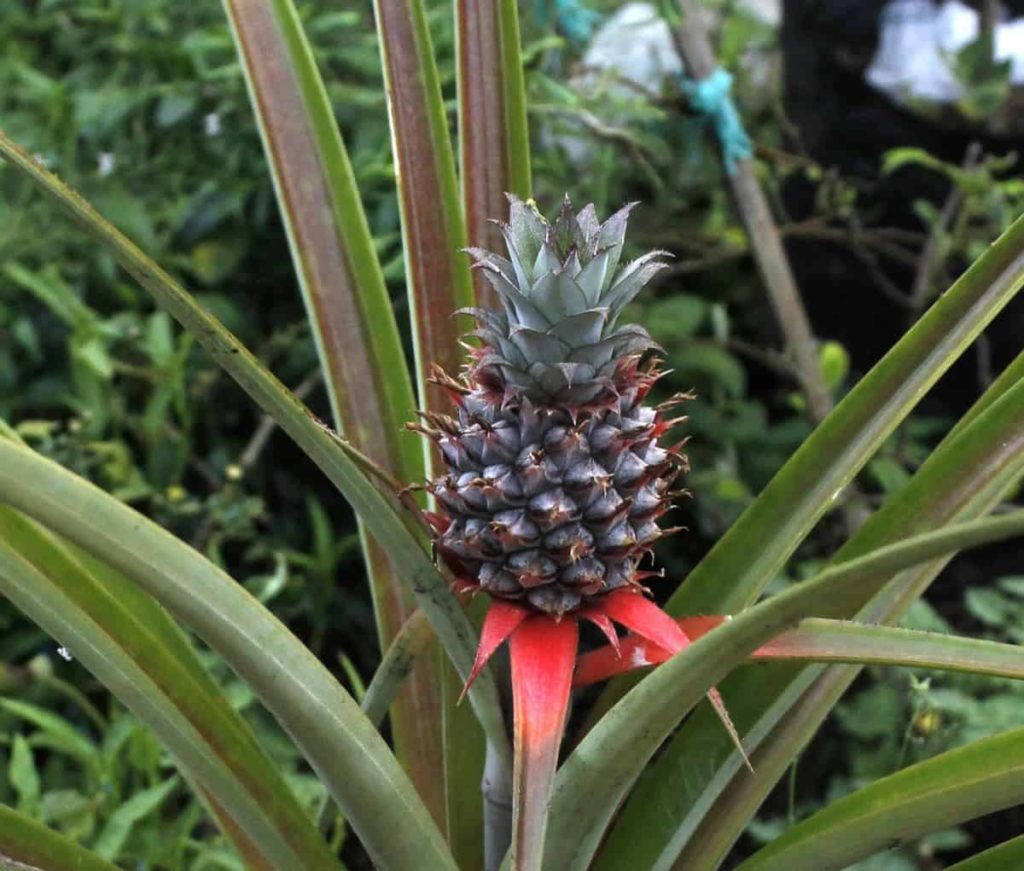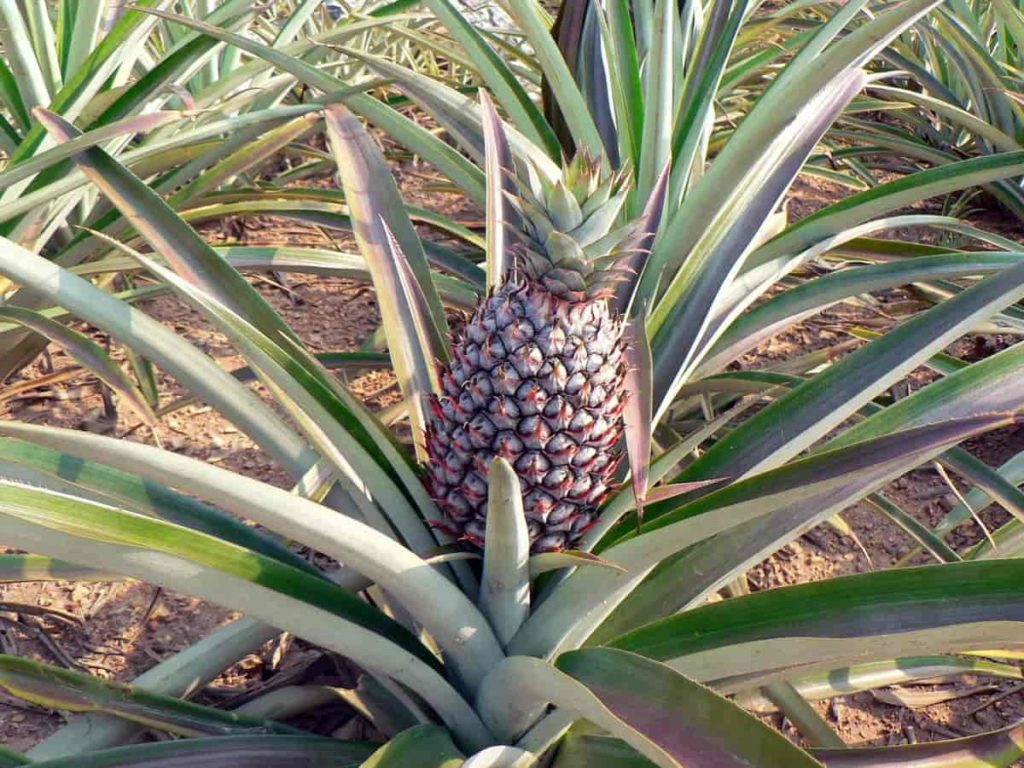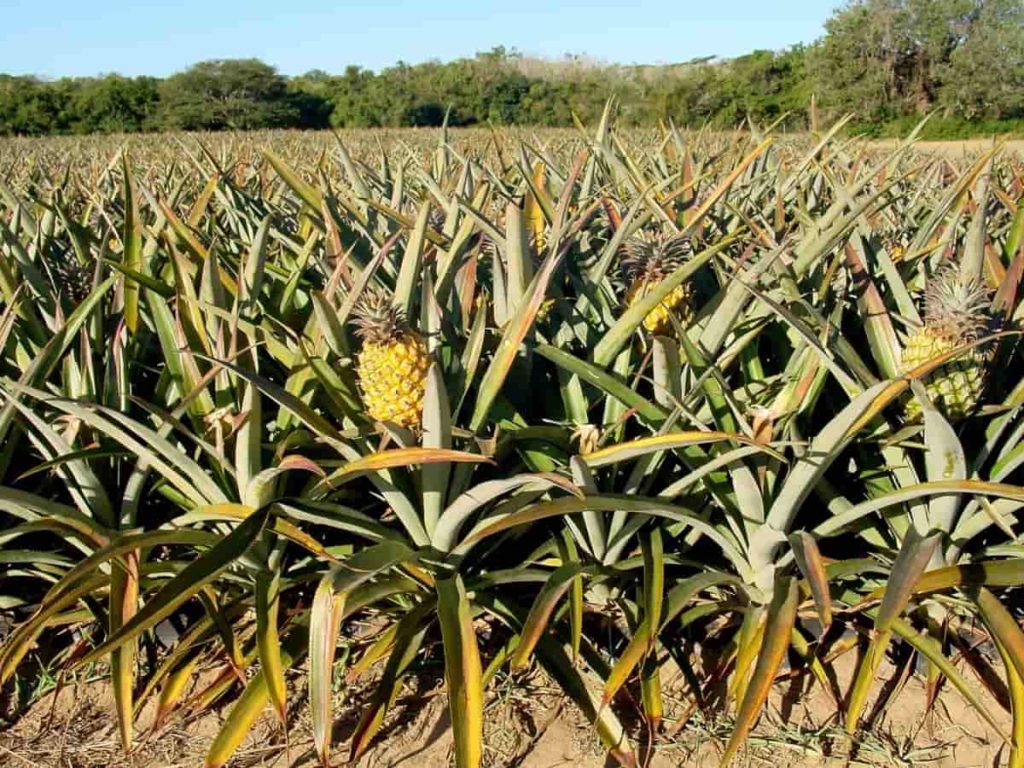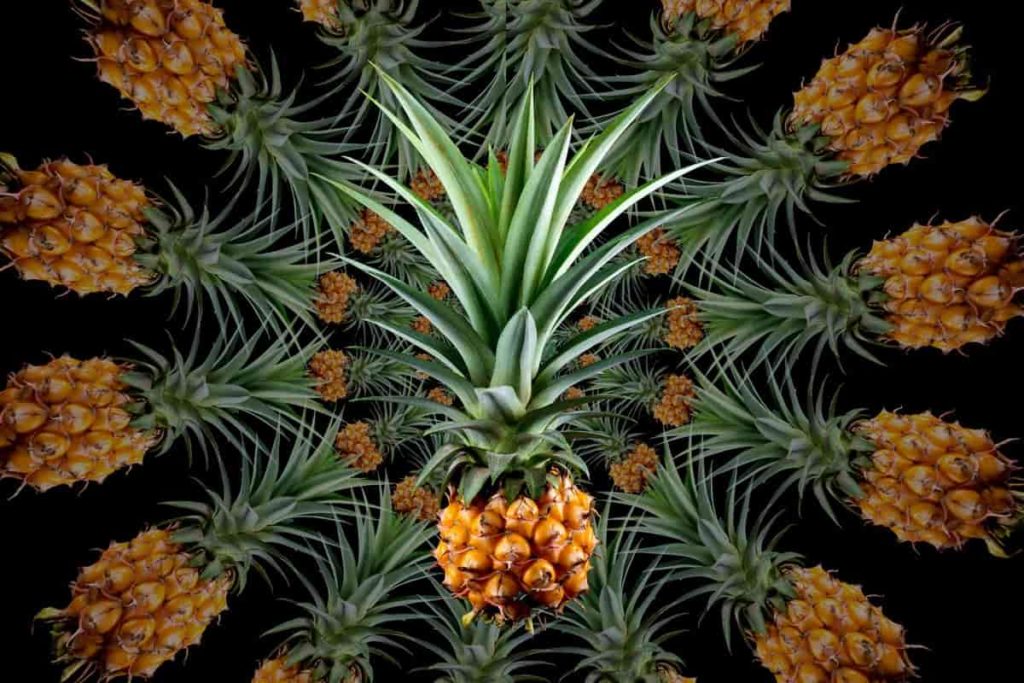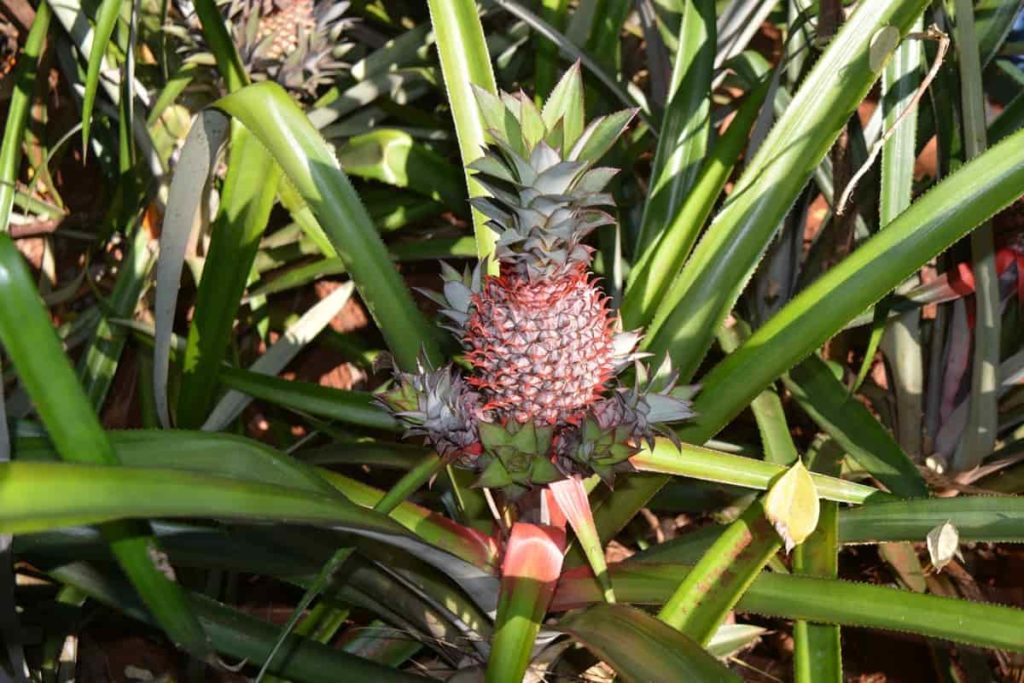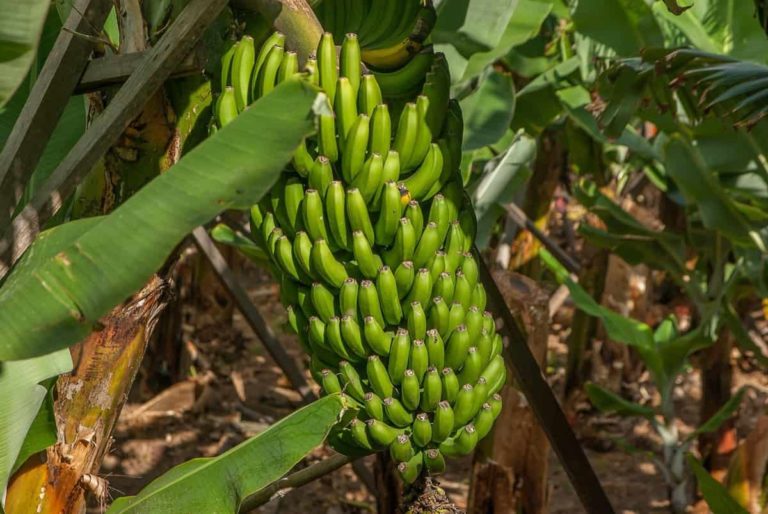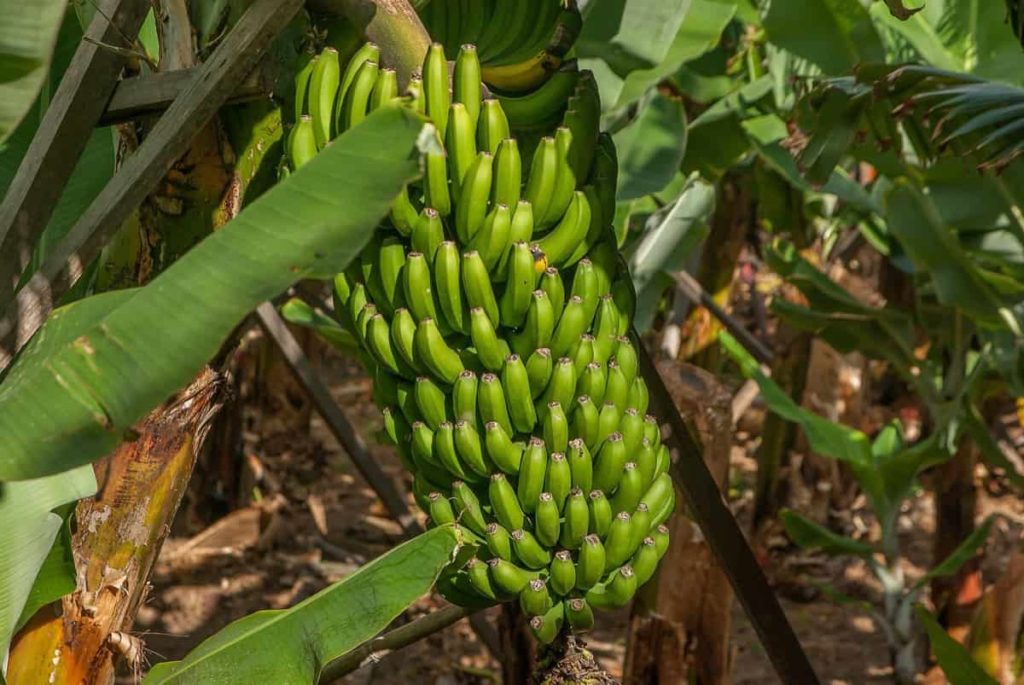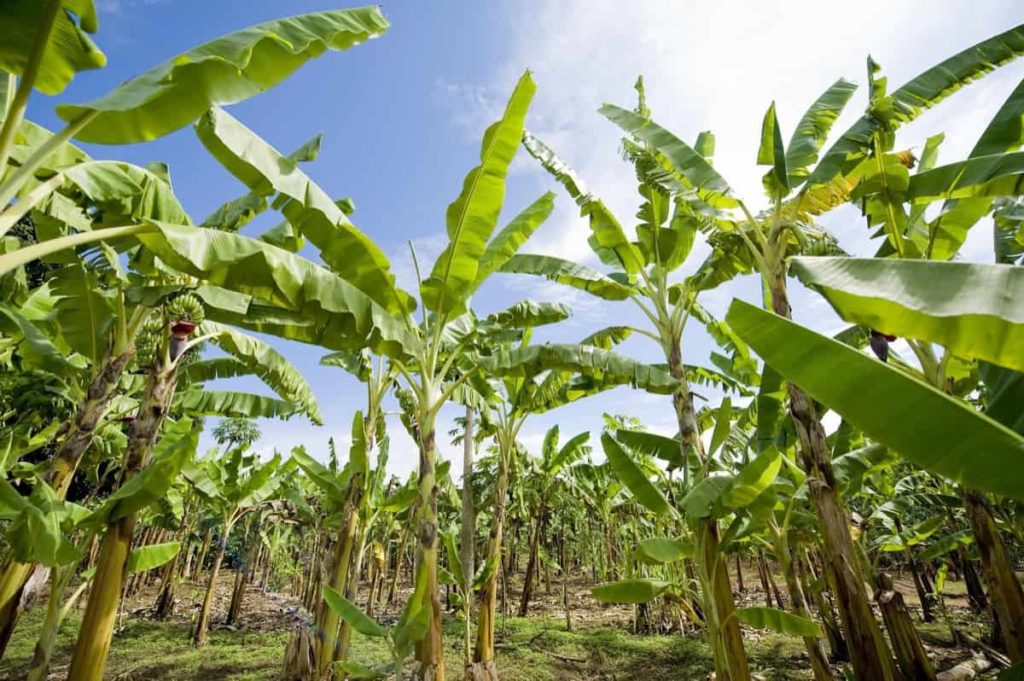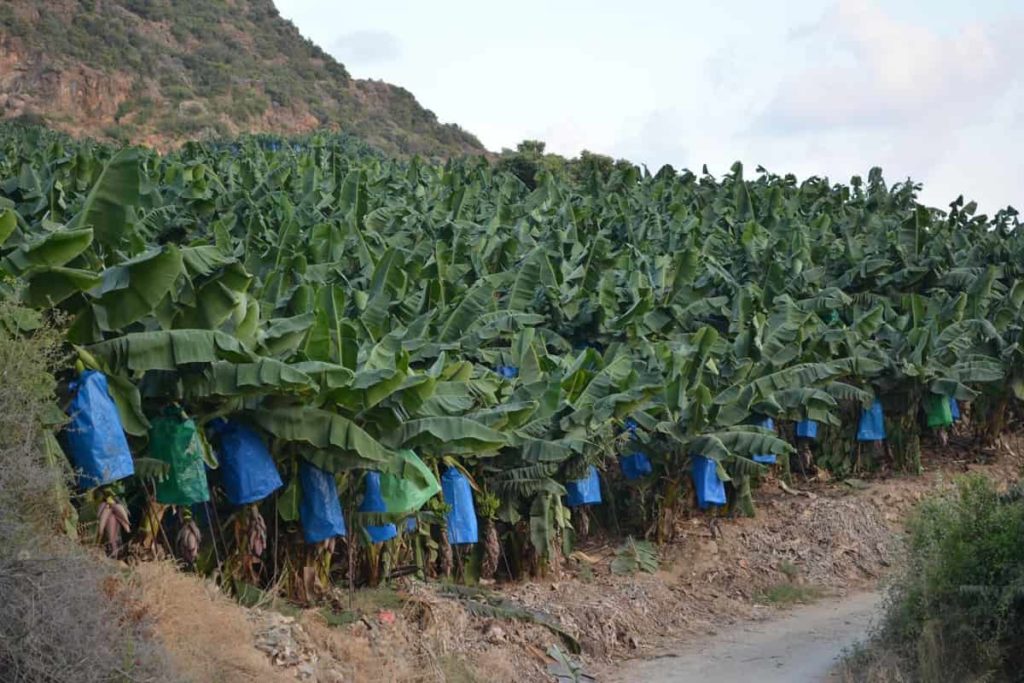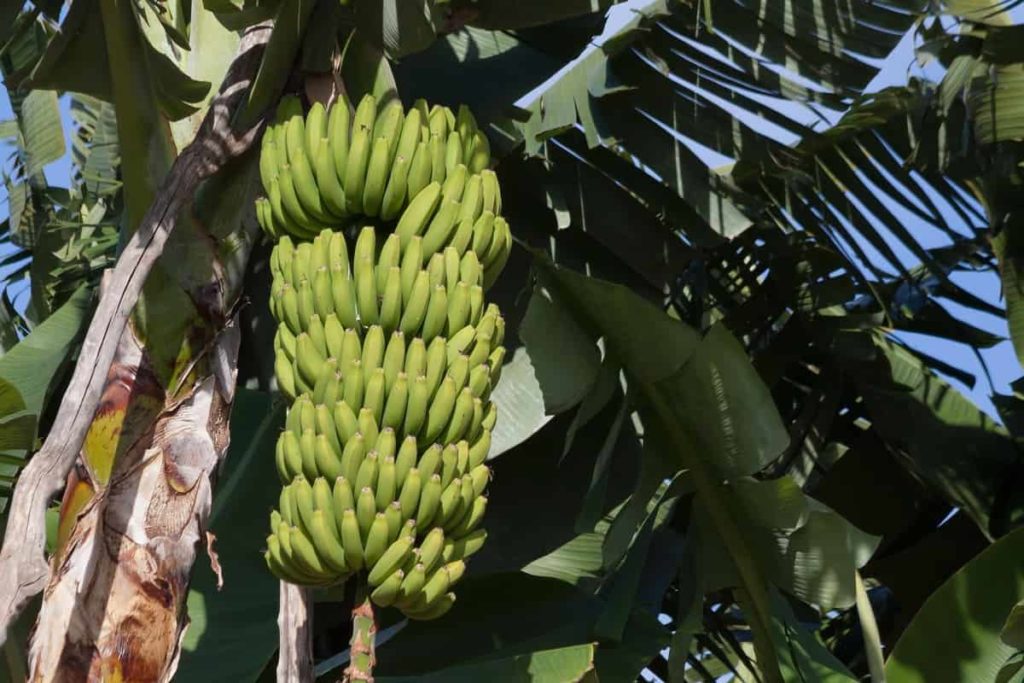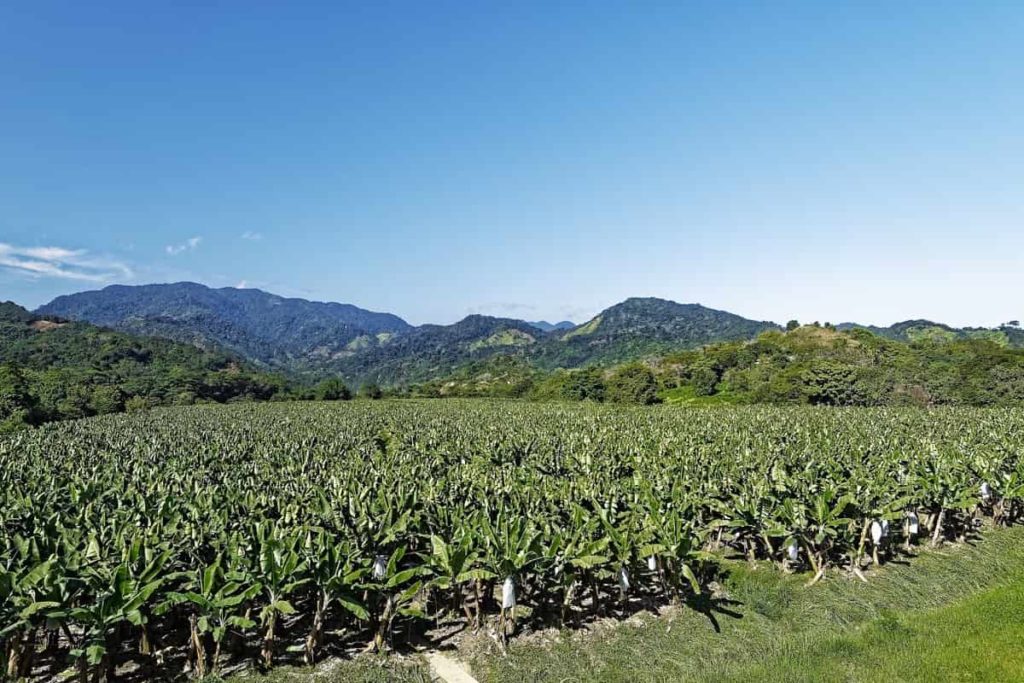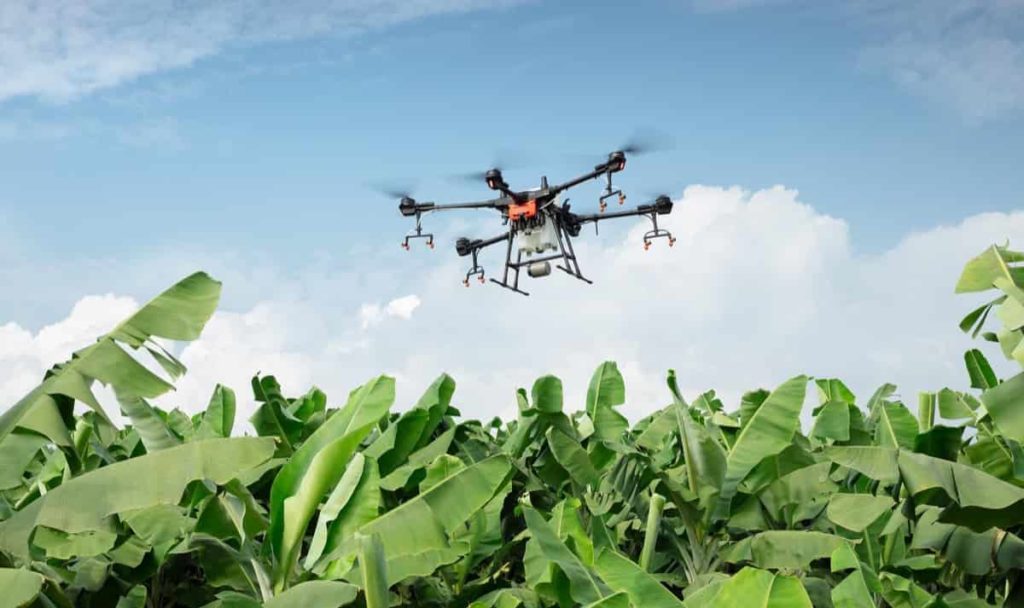The Rose belongs to the “Rosaceae” family, and its scientific name is “Rosa.” Rose farming is a widespread and popular business worldwide. The Rose is indeed one of the leading flowers in world floriculture. It is used in almost every ceremony, and the flower has medicinal properties.

How to start Rose farming in the USA
Rose varieties in the USA
Around the world, Roses come in wide varieties. However, for Rose farming, where you want to make maximum profit, you must choose a variety that suits your purpose.
- Rugosas, with their bright, bright pink, white, or lavender 5-petaled flowers, are perfect for hedges and wherever a barrier is needed in an exposed or difficult area.
- Pink Roses like ‘Carefree Wonder’ are well-rounded bush Roses that are cold and hardy to zone 5. They are about 3 feet tall and require only a little shaping in early spring.
- Yellow Roses like ‘Harrison’s Yellow bloom early, bright and sweet, and survive Zone 4 winters.
- Seafoam – A good climbing Rose. It produces double white flowers that repeat in spring, summer, and fall.
- Cecile Bruner – Another wonderful shrub Rose.
- Red Cascade – A true Rose. It can grow 6 to 7 feet wide without any particular shape. It produces small, deep red flowers all summer.
- Caldwell Pink – It is a small pink flower that blooms on this well-mannered shrub Rose. Mature plants can grow to about 3 feet by 3 feet and hardly ever stop blooming.
- Drift Roses – Good for ground cover. They come in many different flower colors, from red to peach, and bloom best in spring and fall.
- Mutabilis – Also known as butterfly Rose. A Mutabilis can be very large – often 8 feet tall and nearly as wide.
Roses can be either low or high-maintenance. Low-maintenance Roses require very little care. Grandiflora, hybrid tea, floribunda, and polyantha Roses (“modern” Roses) are high maintenance because they require frequent grooming, fertilizing, watering, and spraying.
Hybrid Roses grafted onto ‘Fortuniana’ rootstock perform best. “Old” and dwarf varieties will do well on their roots but often do better when transplanted. In addition to choosing low or high-maintenance and rootstock, choosing a variety depends on your personal preferences and growing needs.
Field selection for Rose farming in the USA
You should choose the field that suits the soil condition required for the Rose farm. Generally, Roses grow well in plains where fertile loamy soil with saline water is the ideal condition. Choose a site that offers year-round sunlight in the northern half of the USA. In the southern half of the US, choose locations with some afternoon shade. It protects the flowers from the scorching sun and helps your flowers last longer.
When to Plant Roses
Roses can be planted at any time, except during extreme weather. Extreme weather conditions in which we advise against planting are when the ground is frozen, waterlogged, or in a drought. Successful commercial Rose cultivation depends largely on the Rose variety. There are many methods of Rose planting available in modern technology, but the greenhouse method of Rose cultivation is very popular and easy for Rose plants.
- Rooftop
- Indoor
- Open Field
- Greenhouse
- Polyhouse
- Pots
In case you missed it: Rose Farming Income, Cost, Profit, Project Report

Climate for Rose Farming in the USA
Roses (Rosa spp.) populate hundreds of species with thousands of varieties, meaning climate requirements can vary significantly depending on which one you choose. Roses usually grow in warm climates and flower in the summer months. However, some Roses can grow in warm tropical climates like those found in Florida, while others can thrive in hardiness zones less than 2, with winter temperatures dropping to -50°F.
South Florida has a tropical climate, enjoying long, hot, humid summers. Wide varieties of Roses grow well in this climate and can tolerate droughts that other Roses do not. Colorado has a dry climate, especially in the west of the state. Winters are dry and freezing, with most of Colorado classified as hardiness zones 4 or 5. It means winter temperatures can drop as low as -30°F. Springtime can be windy.
Hardiness Zones for Rose Farming in the USA
Roses grow in most vegetation hardiness zones. Most Rose plants will grow in zones 7, 8, 9, and 10. These growing zones are warm and ideal for Roses to thrive. The Rose species and the amount of heat and sunlight available are factors for active plant growth. Rose plants can grow in cold climates, and some even need the cold of winter to be at their best for flowering.
The coldest zone for Roses to grow in Zone 3, although there are varieties to consider in Zone 2. Roses are not hardy enough to withstand the harsh climate of Zone 1. If you live in this zone, plant a miniature Rose in the container or pot and place it indoors in a sunny place or room.
Where to plant Roses in the USA
Some of the best Roses in the USA come from Colombia and Ecuador. Altitude, proximity to the equator (year-round sunshine), and nutrient-rich soil help grow beautiful flowers (especially Roses!). In addition, roses thrive in direct sunlight.
Avoid intense competition with other plants – The closer you plant your Roses to other plants, the more competition there is for moisture and sunlight. For better results, plant the Roses 3 feet from other plants and 2 feet from other Roses.
Avoid very exposed, windy places – Strong winds can loosen the base of the Rose in the soil. It will cause your Rose to swing in the wind causing it to grow at an angle, which in extreme cases will kill it. To prevent this, make sure you follow planting instructions. If you get this problem with an existing Rose, make sure you firm up the soil around it.
The best time to plant Rose in northern regions of the USA
The best time to plant Roses in northern areas is in the spring, from April to May. April through May is generally the recommended planting season for bare-root Roses in USDA zones 1 through 5, the northern regions of the United States. Weeks in May for Zones 1 to 3, wait to plant container Roses from the nursery until after the last spring frost has passed in your area.
The best time to plant Rose bushes depends on when your garden plot is dry enough for the soil to crumble. Otherwise, the soil especially if it includes clay, is liable to get stuck in hard balls. Don’t panic if you still have snow on the ground after your bare-root Roses come out. You can keep them in a bucket in a cool, dark place for a few days with water covering the roots. If it doesn’t prove tall enough, move them to a container with drainage holes and cover the roots with lightly moistened sawdust or compost.
In the hotter South, you may need to place your Roses where they get plenty of morning sun but some afternoon shade. In either case, the bushes will need plenty of air movement around them to avoid fungal disease. However, avoid placing them in places that are so open that the Roses are constantly exposed to the wind.
Best time to plant Rose in Southern regions in the USA
Plant Roses from January through March if you work the soil in the southern states. Zones where planting Roses in January or early February are often recommended include zones 9 through 13, including the southern United States and Hawaii. Gardeners in zone 8 should wait until late February, early March for zone 7, and late March for zone 6 is the best time to plant.
However, the time to plant Roses can vary yearly, depending on how seasonal or unseasonal the weather is. If you have to wait, you can always “heal in” the Roses for a few days by digging a trench in a well-drained spot, placing the Roses in it, and covering their bare roots with a bit of moist soil compost.
In case you missed it: Rosemary Oil Extraction Methods, Process, Techniques

Rose planting process in the USA
Roses can be planted year-round except in northern Florida, where early spring planting is best. Nurseries sell Roses year-round. Rose plants need at least 6 hours of direct sunlight each day. Most soils will have to be replaced mainly for modern Roses. To transplant, a container-grown Rose into your yard, plant the Rose at the same depth as it was growing in the container to ensure that the graft union remains above the soil.
Apply mulch around each plant and water frequently for 6 to 8 weeks to establish. Planting bare-root or container Roses properly will ensure they get off to a good start. To accommodate the roots, the planting hole must be deep and wide. This area needs good drainage, as Roses do not like wet feet. Water well, and then fill the hole with the remaining soil.
Homemade fertilizers for Rose plants
When you prepare the land for your growing Rose, use mostly organic matter and do not use chemical fertilizers. Using chemicals for Rose cultivation, you cannot get good quality Rose water or oil. Using an organic fertilizer will give you a higher-quality Rose. You can make organic compost using cow urine, tobacco, and datura (angel’s trumpet). Firstly, mix these three materials well and bury them in the ground for one month.
After a month, you will get ready pesticide, and you can apply it to the Rose plant. You can apply this organic fertilizer only on one acre of land at 1 kg. If you want to use chemical fertilizers, add 8 grams of nitrogen, 8 grams of phosphorus, and 16 grams of potassium per plant. After harvesting, apply 10 kg of rotted farmyard manure (FYM) and above chemical fertilizers to Rose plants at three-month intervals.
Grooming and Pruning in Rose plants
Grooming and trimming means Roses to keep them healthy and productive. To groom your Rose plants:
- Remove faded flowers.
- Break off suckers growing from the rootstock.
- Remove dead wood and canes showing signs of disease.
When you prune the Rose plant, do the following:
- Remove branches that are dead, diseased, injured, or damaged.
- Trim the main canes and lateral branches.
- Prune just above a dormant bud. Remove entire branches with a smooth cut at the point of the bend.
Regular pruning should be done in early spring and will help continue flower production throughout the season. Firstly, pull off all the leaves and use your pruning shears to trim the horizontal canes growing in the center of the plant, around, or anything that crosses the plant. It will allow for an open core and reduce friction between branches and flowers.
Water requirement for Rose plant growth
Irrigate Roses immediately after planting. Continue watering daily until the Rose crop is established. However, during winter, you can irrigate once every two weeks, depending on soil moisture. Rose plants need about 1 liter of water per plant. Drip irrigation is the most preferred method of irrigation for Rose cultivation.
Install a single drip line between two rows of plants to irrigate a Rose crop. Do not use sprinkler irrigation to nurture a Rose crop, as this can cause fungal infections in Rose plants. But during hot summers, you can use sprinklers to reduce the temperature under controlled conditions. As a guide, recommend the following amounts of water per Rose each time you water.
- Shrub Roses – 1 gallon
- Climbing Roses – 2 gallons
- Rambling Roses – 2 gallons
- Standard Tree Roses – 2 gallons
- Potted Roses – 1 gallon
In case you missed it: Rose Plant Pruning Methods; Training Methods; Process

Mulching for effective results in Rose plants
Mulching is essential to retain moisture in the soil. It also helps prevent weeds. Agricultural materials like straw, grass clippings, rice husk, sawdust, dry leaves, etc., are very good for mulch. Modern Rose growers use black or white polyethylene sheets for mulch, with effective results.
Common pests and diseases are other problems for Roses
Japanese beetles have been easily identified thanks to their bright green body and copper-colored wing coverts. Look for frayed edges and holes in the petals. Rose petals are usually skeletal or completely eaten away. Hand-picking is an excellent option for these beetles. The Rose aphid is the dominant species of aphid that feeds on Roses. All aphids are small, but these are small, no more than 1/8 inch long.
These aphids have soft, pear-shaped bodies that are pink or green in color and tend to cluster on the undersides of leaves and around buds. Aphids pierce Rose petals with their mouthparts and then suck the sap. Although a few Rose aphids will not cause much damage, an infestation can reduce the number of flowers and the quality of the Rose. In addition, aphids deposit a sticky waste called honeydew on Rose leaves. It attracts other insects and can cause the growth of sooty mold fungi.
The easiest method to combat aphids is to introduce ladybugs as predators. You can buy live ladybugs commercially. Spider mites are not insects; they are in the spider family. If you suspect mites, place a piece of printer paper under the branch, tap on the branch, and run your hand over the paper. The Red lines mean you have particles. Like aphids, they pierce plants and suck plant sap. Ladybugs eat mites and aphids, or you can buy and leave lacewings, which also eat insects.
Fungal diseases are common in Roses, including powdery mildew and leaf spots. It is much easier to prevent these diseases than to fight them. Prevention is based largely on two principles. Never water in a way that leaves the leaves wet, especially in the evening, and space the plants far enough apart to allow air to circulate between them. To keep insects away from your Roses, try companion planting with garlic.
Once a week, when watering your Roses, mix some dishwashing soap with the water and apply this homemade “insecticidal soap” to your bushes (of course, there are real insecticidal soaps you can use). Growing Rose bushes where adequate spacing is not provided is an open invitation to powdery mildew. Don’t plant them too close together. When purchasing Rose bushes, follow the spacing requirements for each specific variety, as indicated on the plant label.
In case you missed it: Rose Plant Grafting Methods; Techniques; Procedure

Harvesting time for Rose farming in the USA
Harvesting in Rose plants is done with a sharp object at the narrow bud stage when the shedding is completely settled, and the petals have not yet begun to unfold. Buds that open are harvested at the long narrow bud stage. At the time of harvest, it was regularly practiced to scale to the initial 5-leaf stage. After that, it is only set to scale back to the first cutting. Production starts 4-5 months after planting.
How profitable is Rose cultivation in the USA?
Whether dealing with a backyard garden or a few acres, it’s possible to turn your gardening hobby into a lucrative business. Approximately backyard Rose farm can earn $25,000 to $30,000 per acre, with about half that usually profits.
In what zone do Roses grow best in the USA?
Most Roses grow in the US Department of Agriculture plant hardiness zone 5, although 9. There is likely a Rose for your climate with thousands of Rose species. Before choosing a Rose, find out the plant hardiness zone in your area. They range from 1 to 11 and are based on the lowest winter temperatures. You will find Roses that grow in every zone except zone 1.
Every brick, mortar, or online garden store should indicate the hardiness zones where each Rose will grow. If you buy from a store in a city or neighborhood, there is a good chance that the Rose will match your zone. If you buy online, you will need to clarify this carefully.
Rose marketing in the USA
California is still the top producer of cut flowers in the US, with Florida second for flowers and plants. But, despite its long history of producing quality fresh flowers, many domestic growers are struggling to keep up with the foreign competition. Imports dominate today’s flower market, sometimes accounting for 90% or more of all US sales within a particular category. It means an increased supply of beautiful fresh flowers from around the world year-round.
But, this poses a challenge for domestic producers, many of whom already face higher energy, land, and labor costs than their foreign competitors. Top-rated cities for market Rose gardens include Phoenix, Arizona, Tucson, Arizona, and Houston, Texas.
Today, Colombia is the dominant producer of American cut flowers, with Roses, carnations, spray chrysanthemums, and alstroemeria among its top crops. Ecuador is close to each other. Both countries have an exceptional climate for commercial growth, and both have successfully positioned themselves in the most popular product segments. Ecuador’s top crops include Roses. Colombia and Ecuador accounted for about 90% of all Roses sold in the United States last year. And they’re not the only countries vying for America’s love of flowers.
Frequently asked questions about Rose farming in the USA
Do Roses grow well in Florida?
Roses grow and bloom year-round in Florida. Rose’s success in Florida depends on choosing varieties that do well in our state and fit your lifestyle.
Where are the most Roses grown in California?
Wasco, California – The city of Wasco bills itself as the pinkest place on earth when you consider that more than 55% of all Roses grown in the United States are grown in Wasco.
In case you missed it: Rose Plantation Cost, Growing Methods For Cut Roses

Can Roses grow in Tennessee?
Tennessee’s warmer climates allow Rose planting in late summer and fall, as winters are less severe. The southern parts of the state are located in zone 7a, considered a warm zone suitable for fall planting.
Where are Roses imported from?
Colombia and Ecuador accounted for about 90% of all Roses sold in the United States last year.
Which US state produces the most Roses?
California produces 60% of US Roses, but most of the Roses sold on Valentine’s Day in the US are imported from South America.
Where does America get Roses from?
Colombia is the largest cut flower supplier to the United States, followed by Ecuador.
Where do Roses grow in America?
The two US cities tied for the top spot were Tampa, Florida, and Jacksonville, Florida.
Where are Roses usually grown?
Some of the best Roses in the Americas come from Colombia and Ecuador. The altitude, proximity to the equator (year-round sunshine), and nutrient-rich soil help grow beautiful flowers (especially Roses).
Which US states produce the most flowers?
California leads the nation in flower production.
Conclusion
Roses grow well throughout the United States. In most of the US, Roses will go dormant in the fall. Roses usually bloom from spring to fall but take time to grow. In the spring, you should expect blooms six to eight weeks after you see some growth on your plant. Please follow the above information to get more Rose production in the USA.
- Types of Pesticides Used in Agriculture: A Beginner’s Guide
- Economical Aquaculture: A Guide to Low-Budget Fish Farming
- 15 Common Planting Errors That Can Doom Your Fruit Trees
- How to Make Houseplants Bushy: Effective Tips and Ideas
- Innovative Strategies for Boosting Coconut Pollination and Yield
- Pollination Strategies for Maximum Pumpkin Yield
- The Complete Guide to Chicken Fattening: Strategies for Maximum Growth
- Natural Solutions for Tulip Problems: 100% Effective Remedies for Leaf and Bulb-Related Issues
- Revolutionizing Citrus Preservation: Towards a Healthier, Greener Future
- Natural Solutions for Peony Leaf and Flower Problems: 100% Effective Remedies
- Maximizing Profits with Avocado Contract Farming in India: A Comprehensive Guide
- Natural Solutions for Hydrangea Problems: 100% Effective Remedies for Leaf and Flowers
- The Ultimate Guide to Choosing the Perfect Foliage Friend: Bringing Life Indoors
- From Sunlight to Sustainability: 15 Ways to Use Solar Technology in Agriculture
- The Ultimate Guide to Dong Tao Chicken: Exploring from History to Raising
- The Eco-Friendly Makeover: How to Convert Your Unused Swimming Pool into a Fish Pond
- Mastering the Art of Delaware Chicken Farming: Essentials for Healthy Backyard Flocks
- 20 Best Homemade Fertilizers for Money Plant: DIY Recipes and Application Methods
- How to Craft a Comprehensive Free-Range Chicken Farming Business Plan
- Brighten Your Flock: Raising Easter Egger Chickens for Beauty and Bounty
- How to Optimize Your Poultry Egg Farm Business Plan with These Strategies
- Subsidy for Spirulina Cultivation: How Indian Government Schemes Encouraging Spirulina Farmers
- Ultimate Guide to Raising Dominique Chickens: Breeding, Feeding, Egg-Production, and Care
- Mastering the Art of Raising Jersey Giant Chickens: Care, Feeding, and More
- Ultimate Guide to Raising Legbar Chickens: Breeding, Farming Practices, Diet, Egg-Production
- How to Raise Welsummer Chickens: A Comprehensive Guide for Beginners
- How to Protect Indoor Plants in Winter: A Comprehensive Guide
- Ultimate Guide to Grow Bag Gardening: Tips, Tricks, and Planting Ideas for Urban Gardeners
- Guide to Lotus Cultivation: How to Propagate, Plant, Grow, Care, Cost, and Profit
- Agriculture Drone Subsidy Scheme: Government Kisan Subsidy, License, and How to Apply Online
- Ultimate Guide to Raising Araucana Chickens: Breed Profile, Farming Economics, Diet, and Care
- Bringing Hydroponics to Classroom: Importance, Benefits of Learning for School Students
- Ultimate Guide to Raising Polish Chickens: Breed Profile, Farming Economics, Diet, and Care
- Ultimate Guide to Raising Australorp Chickens: Profile, Farming Economics, Egg Production, Diet, and Care
- Silkie Chicken Farming: Raising Practices, Varieties, Egg Production, Diet, and Care
- Sussex Chicken Farming: Raising Practices, Varieties, Egg Production, Diet and Care

